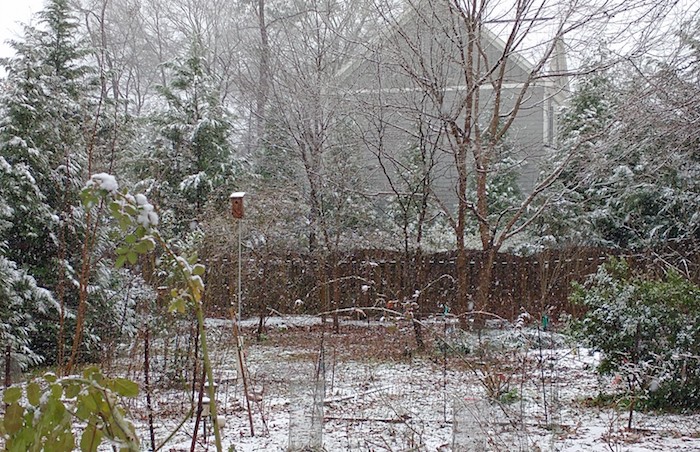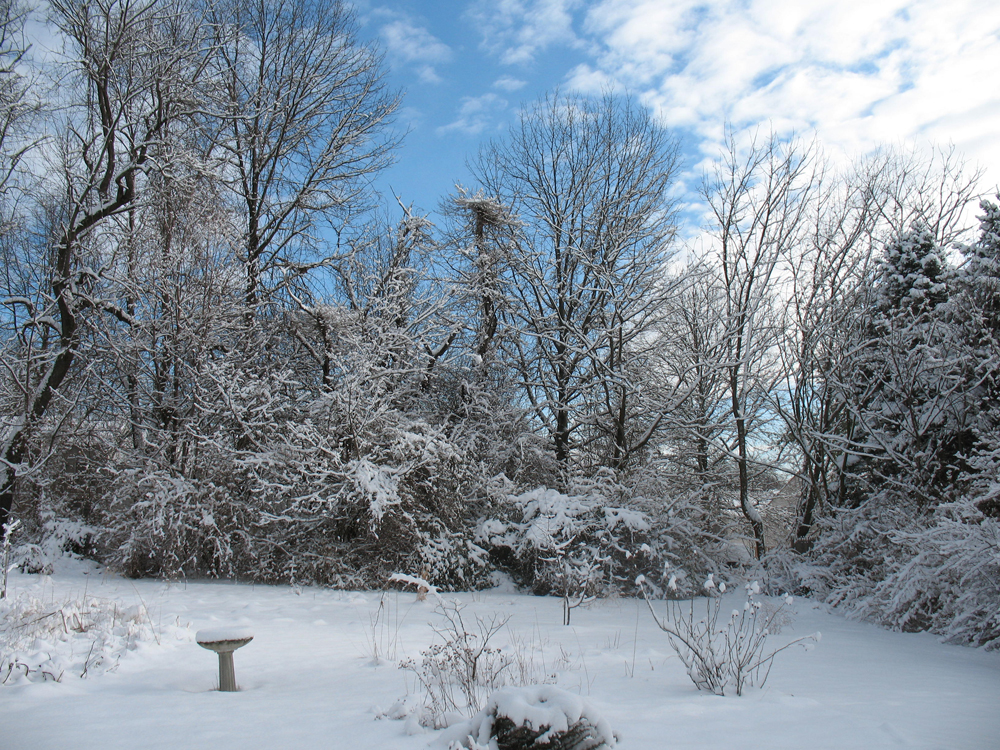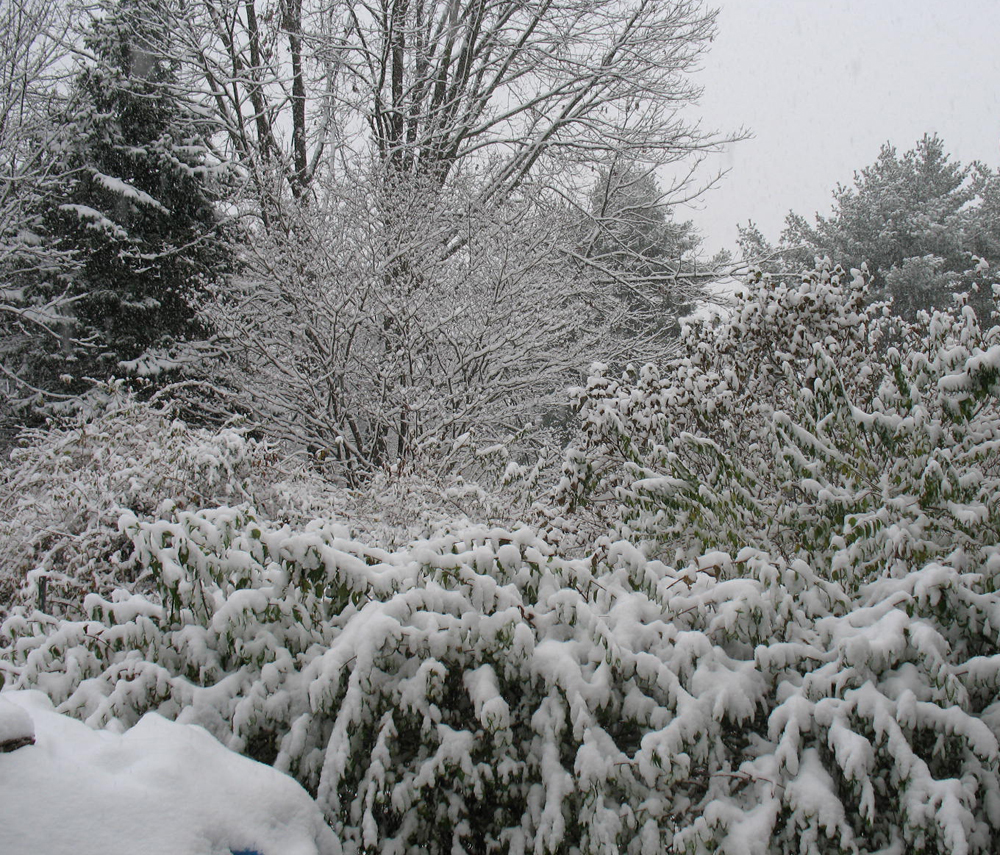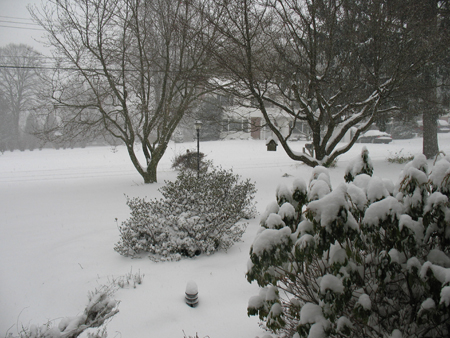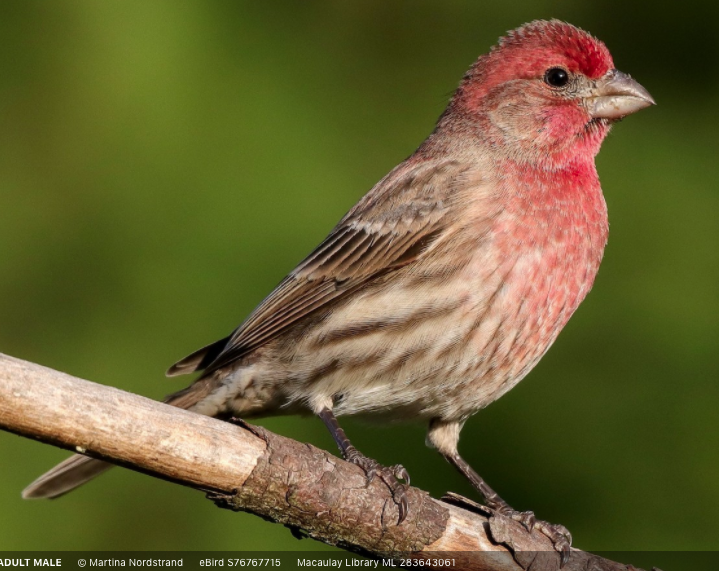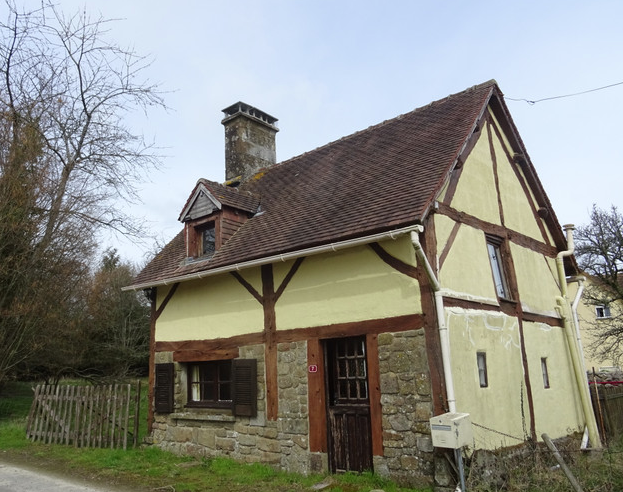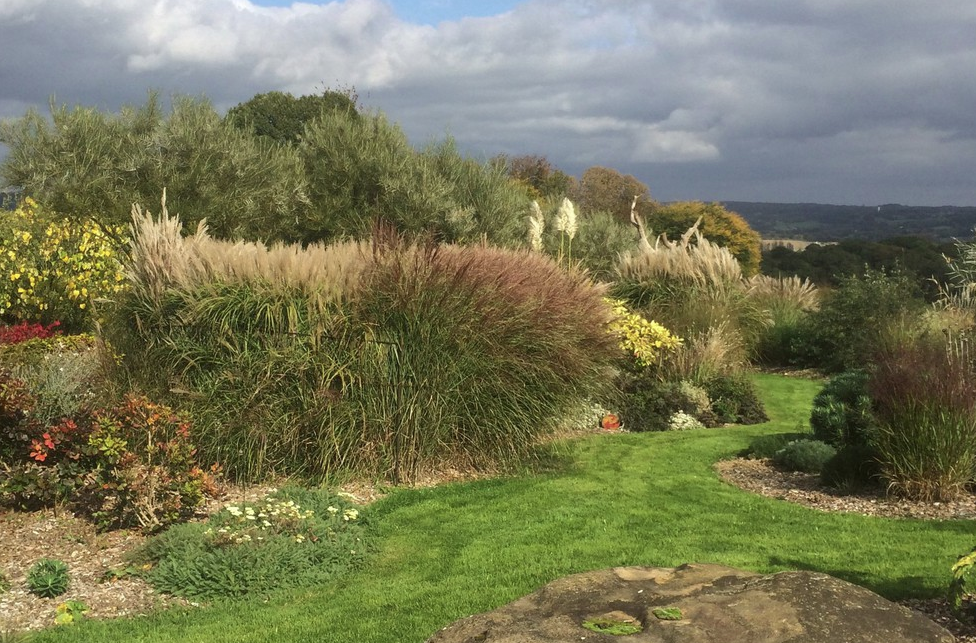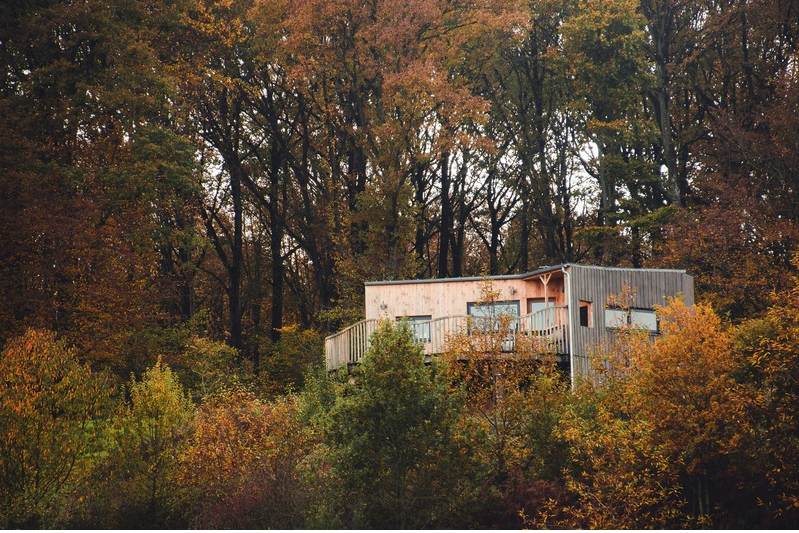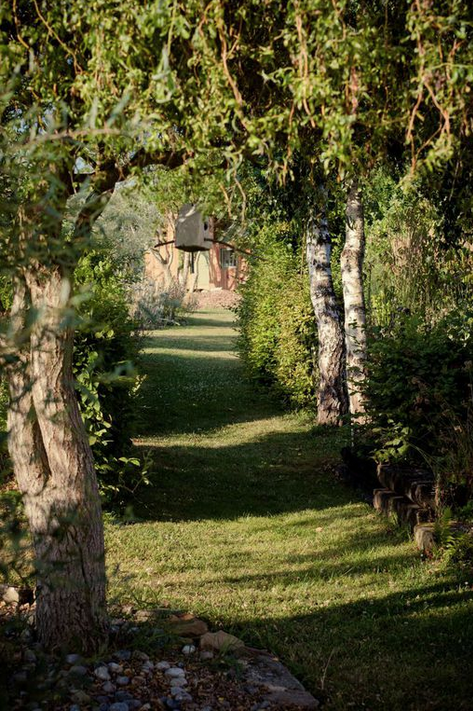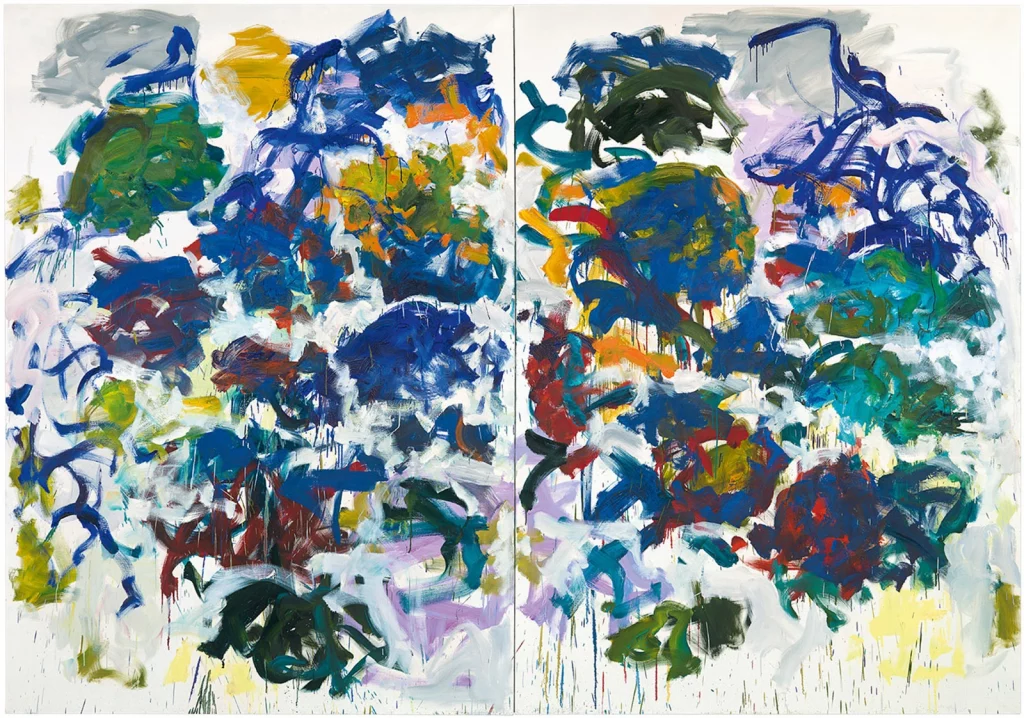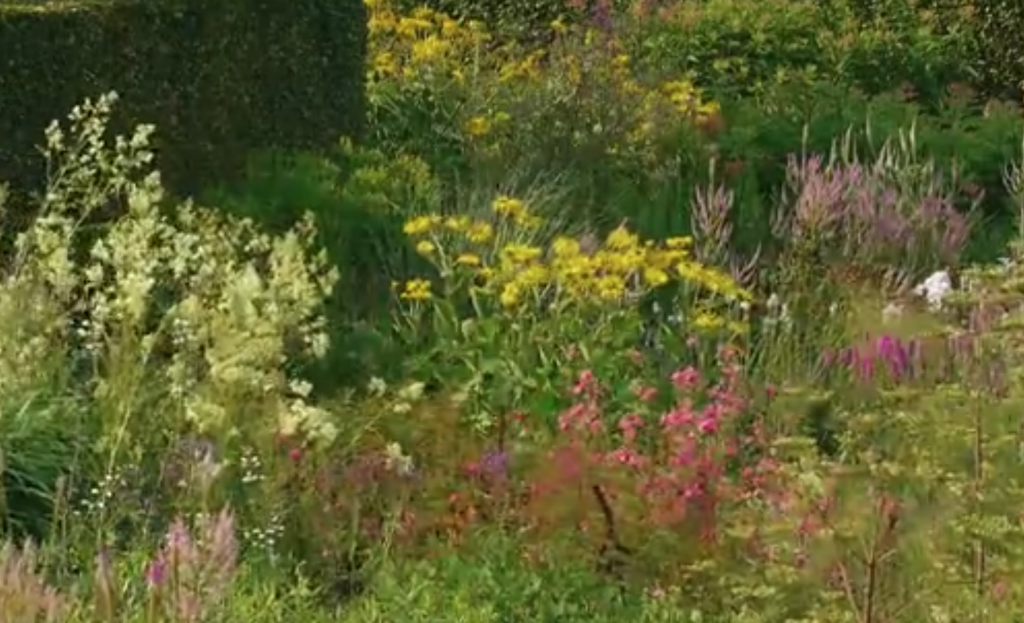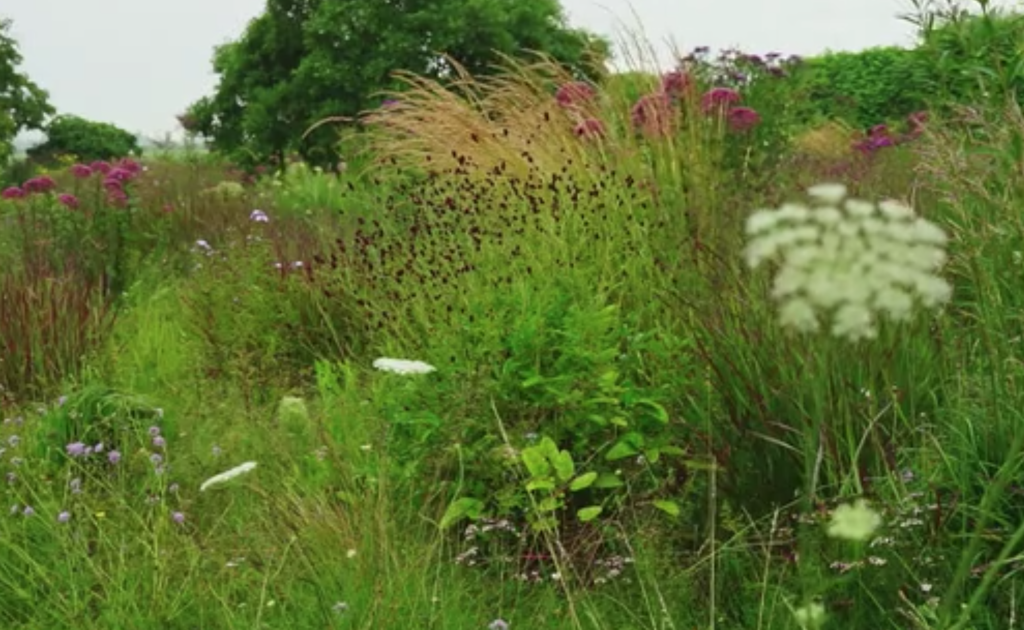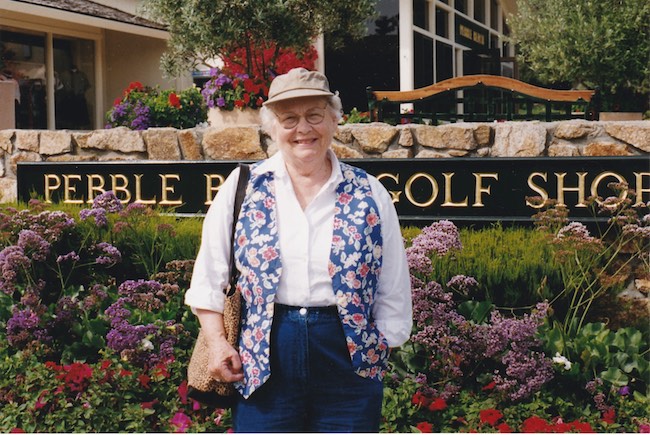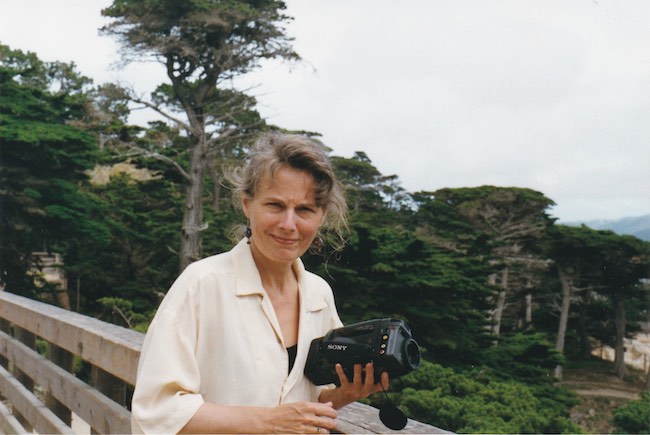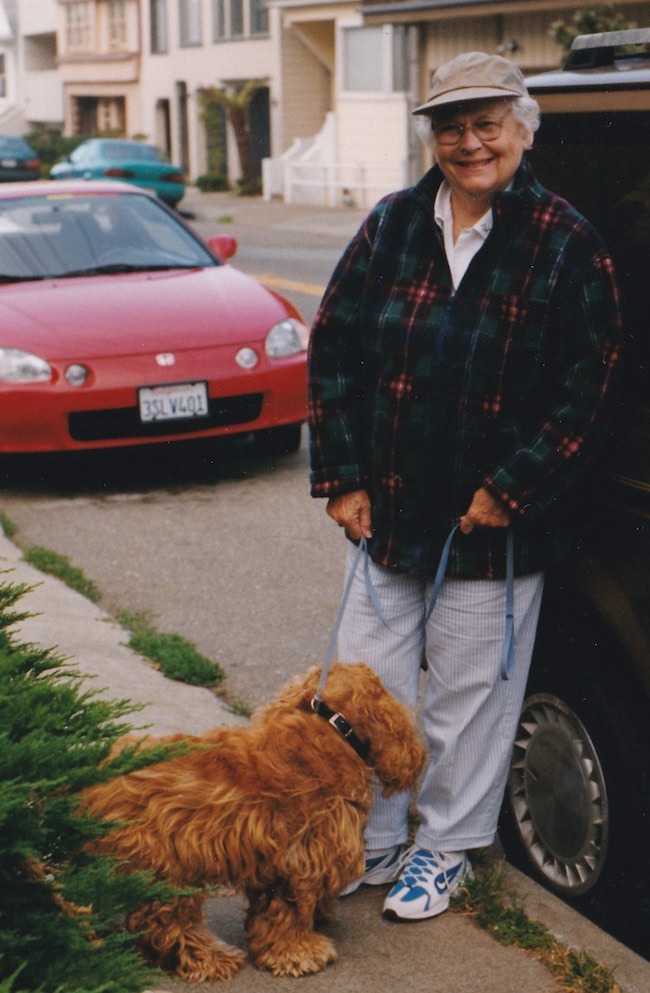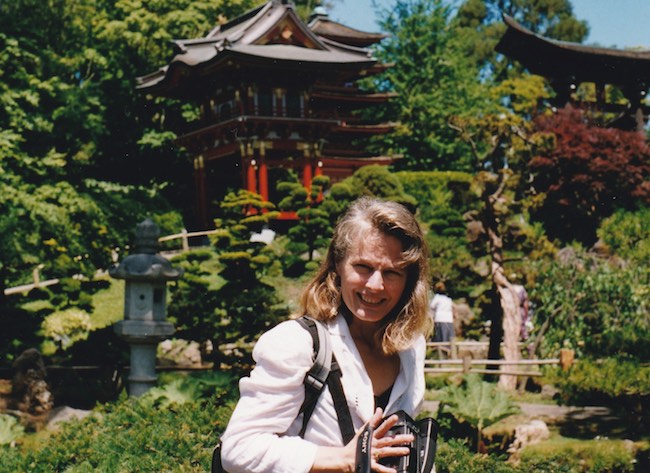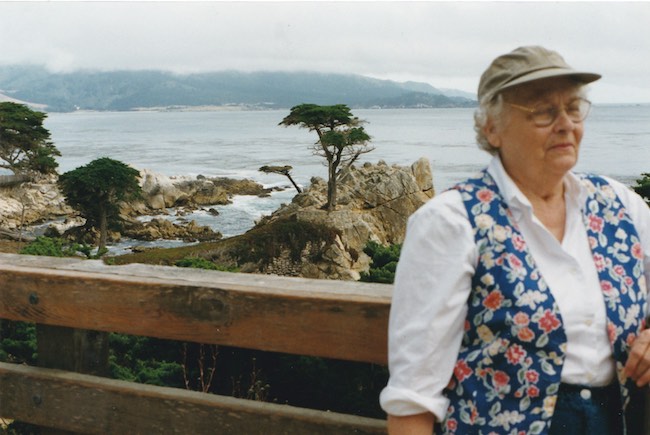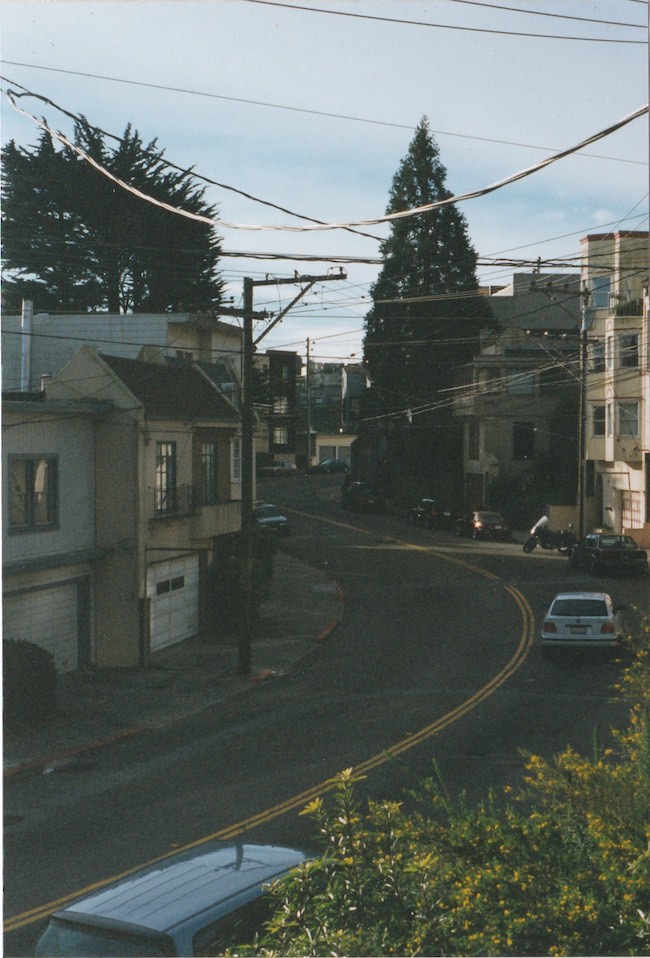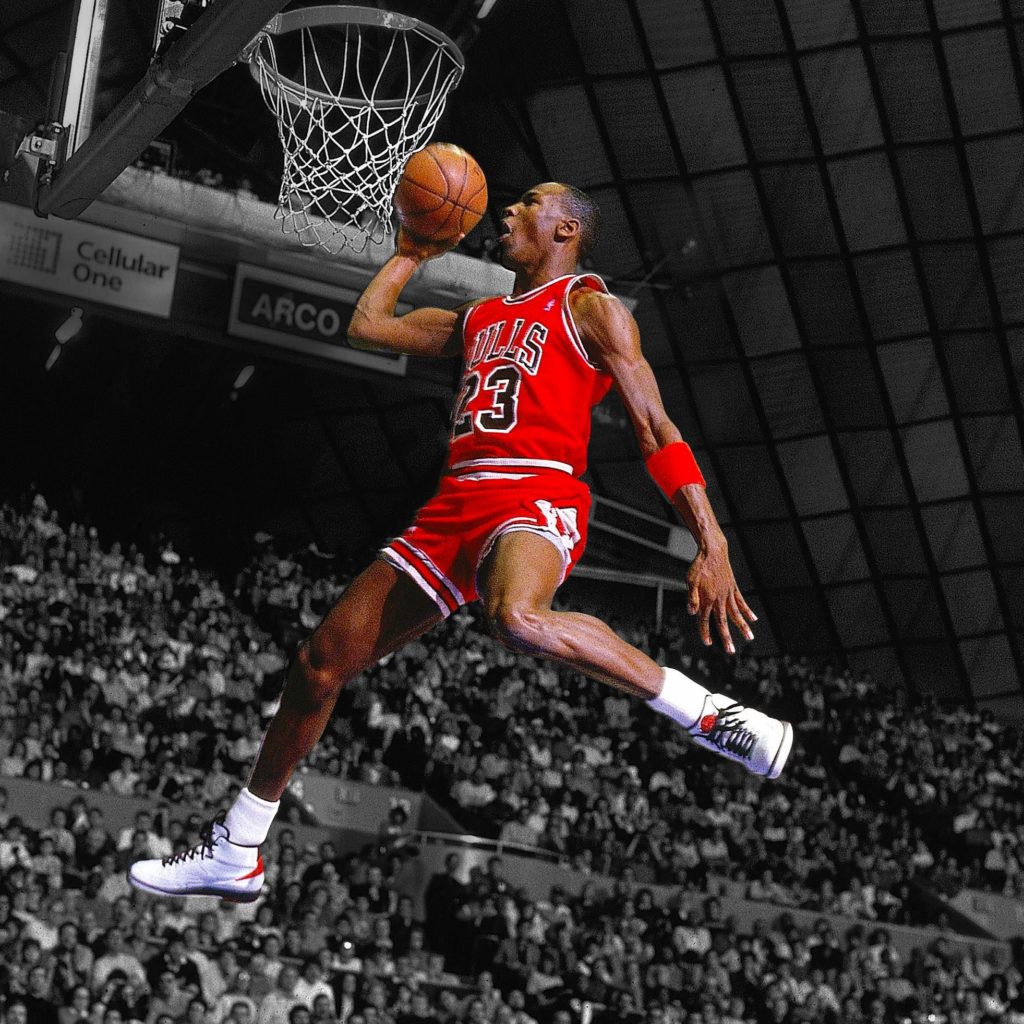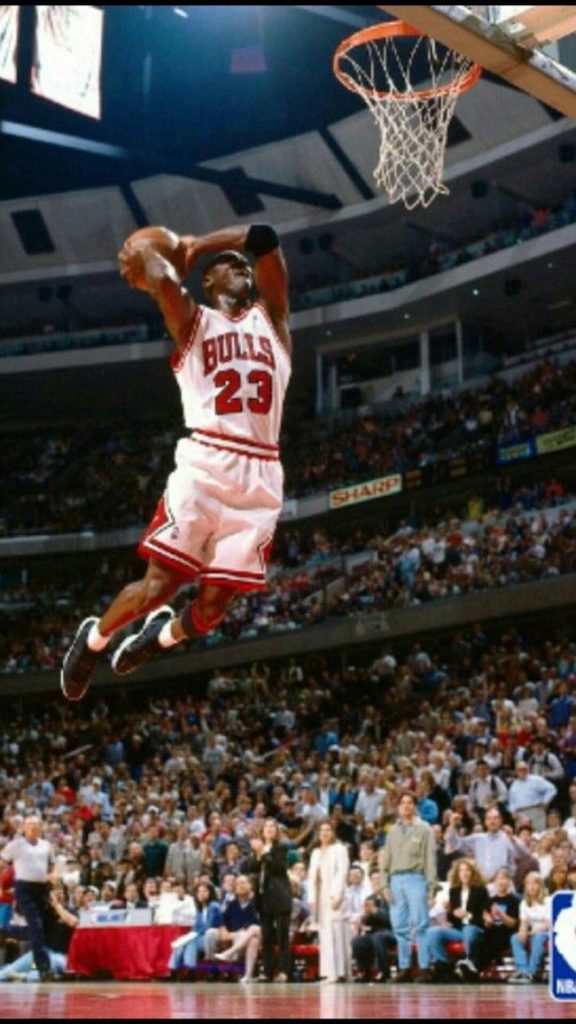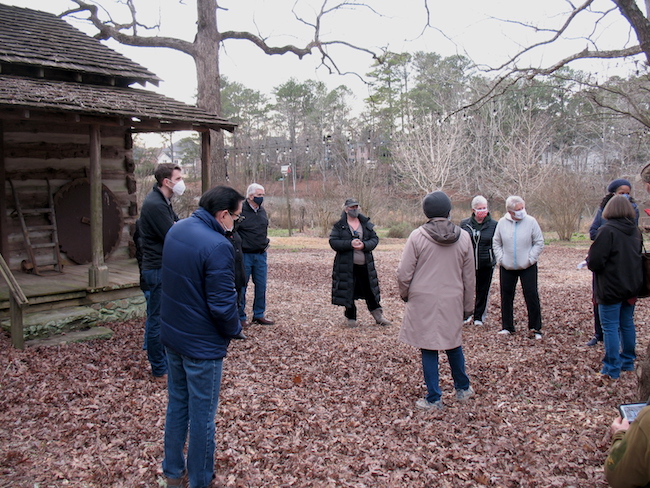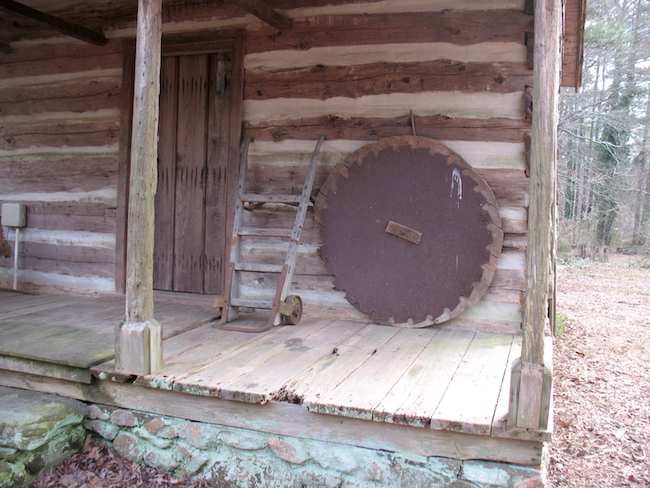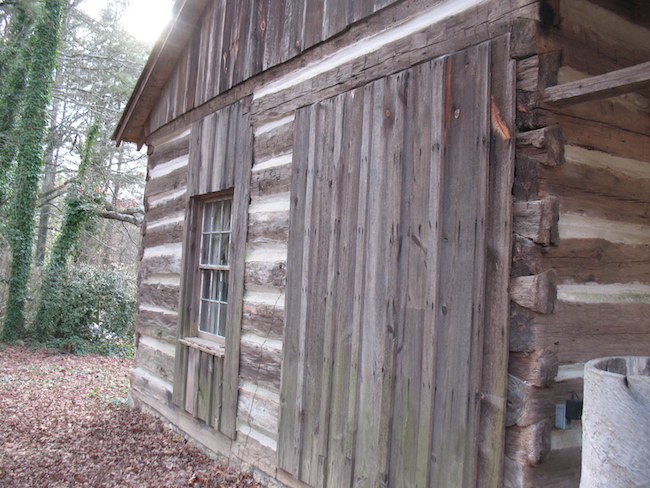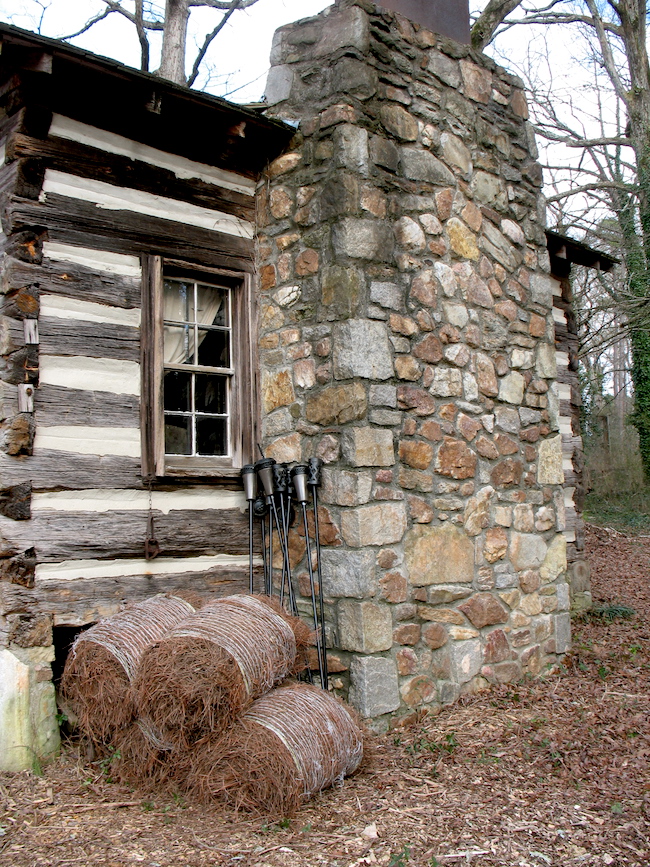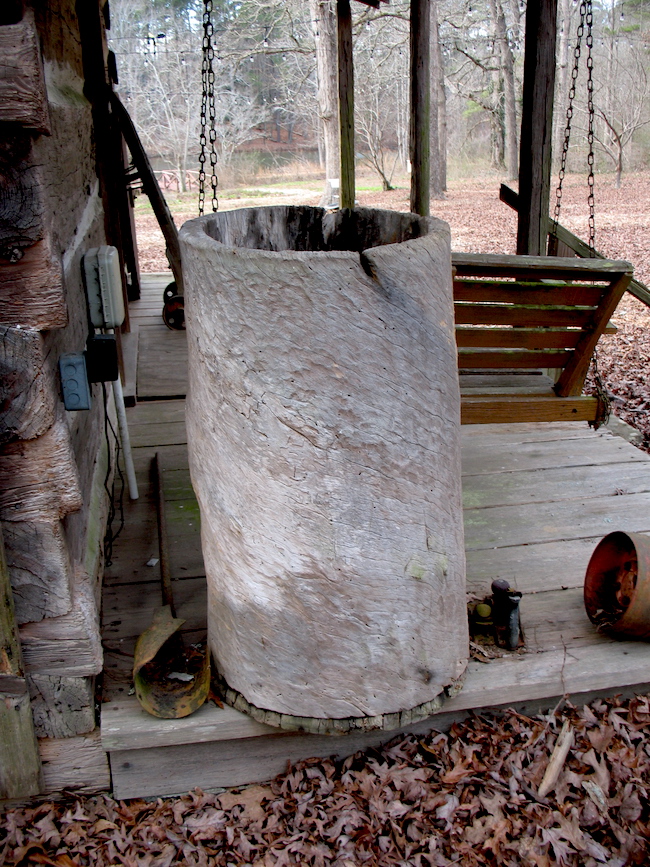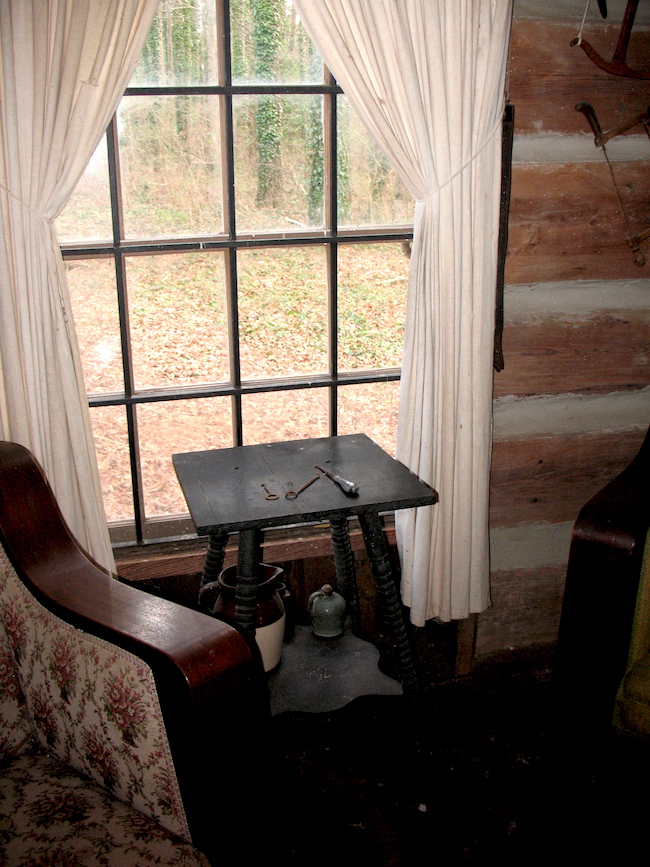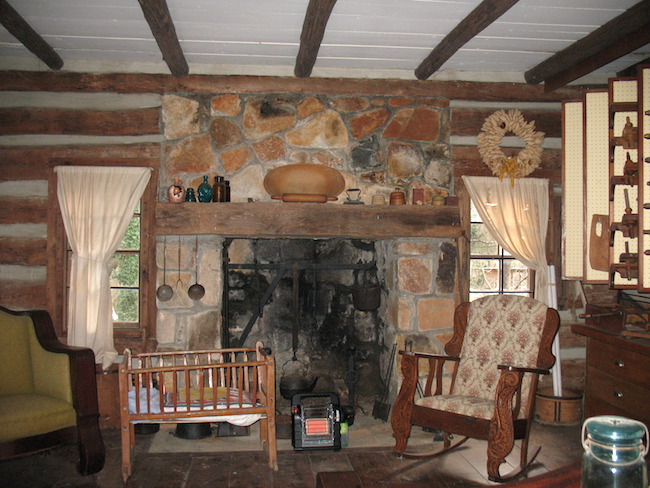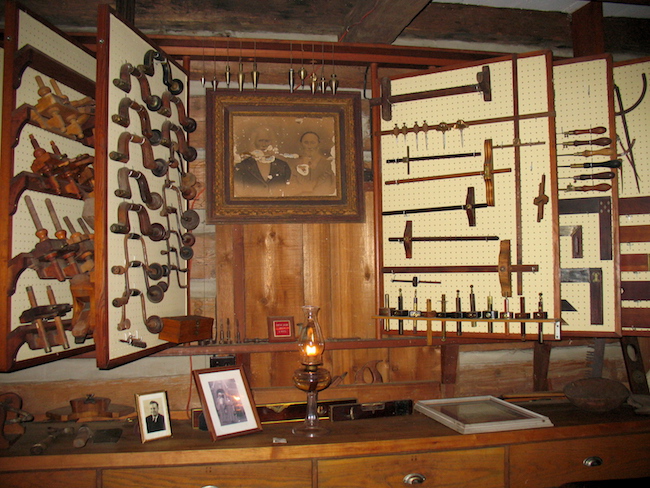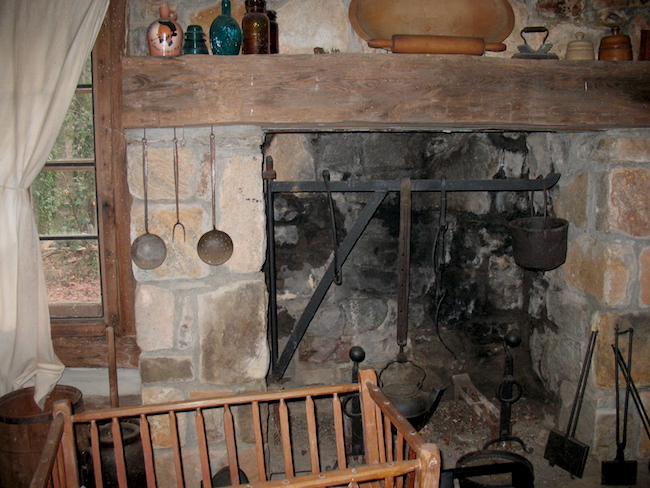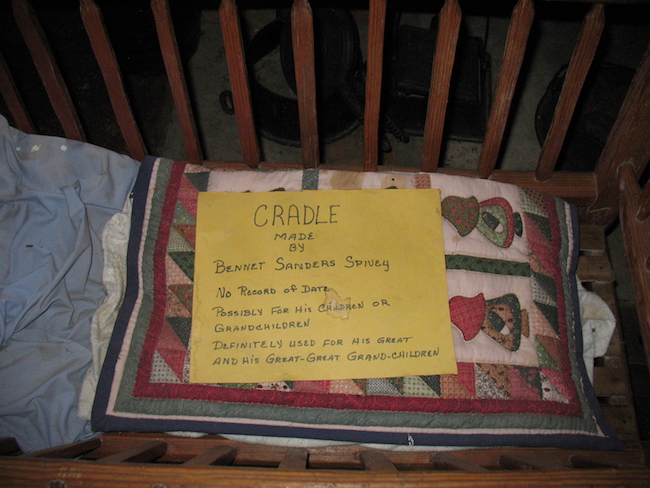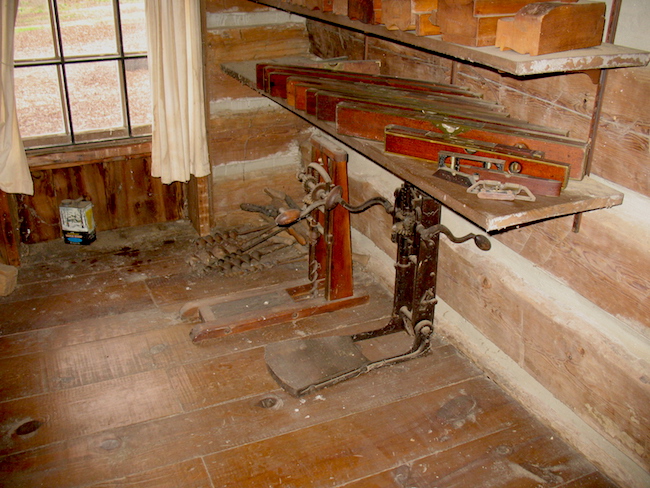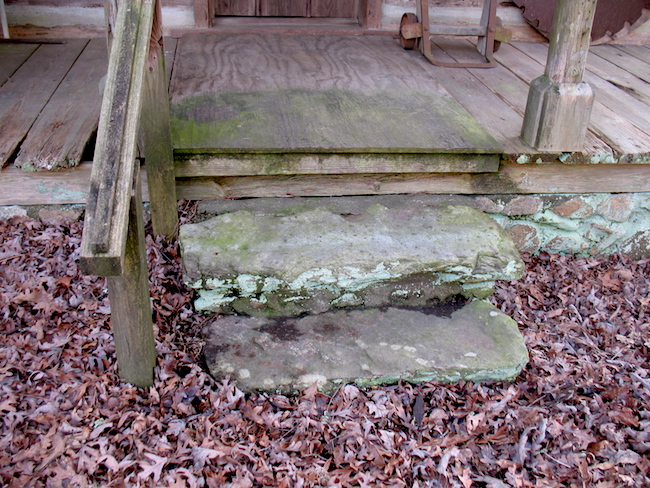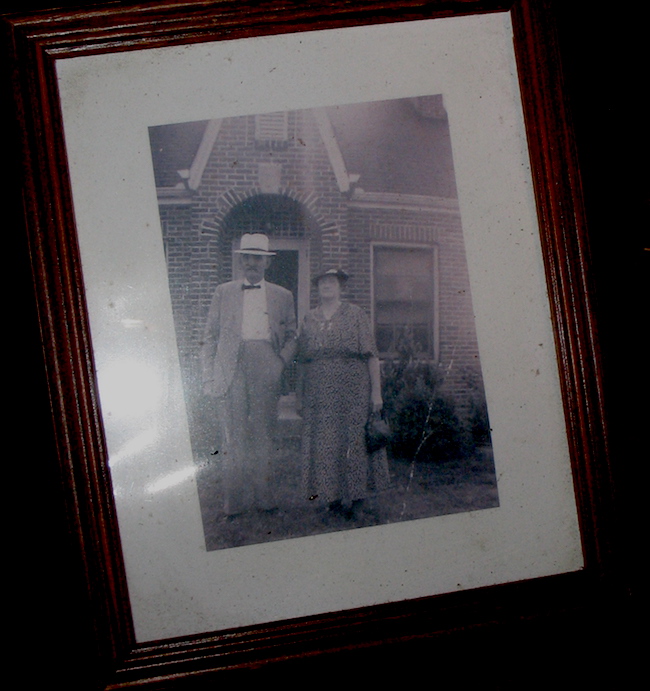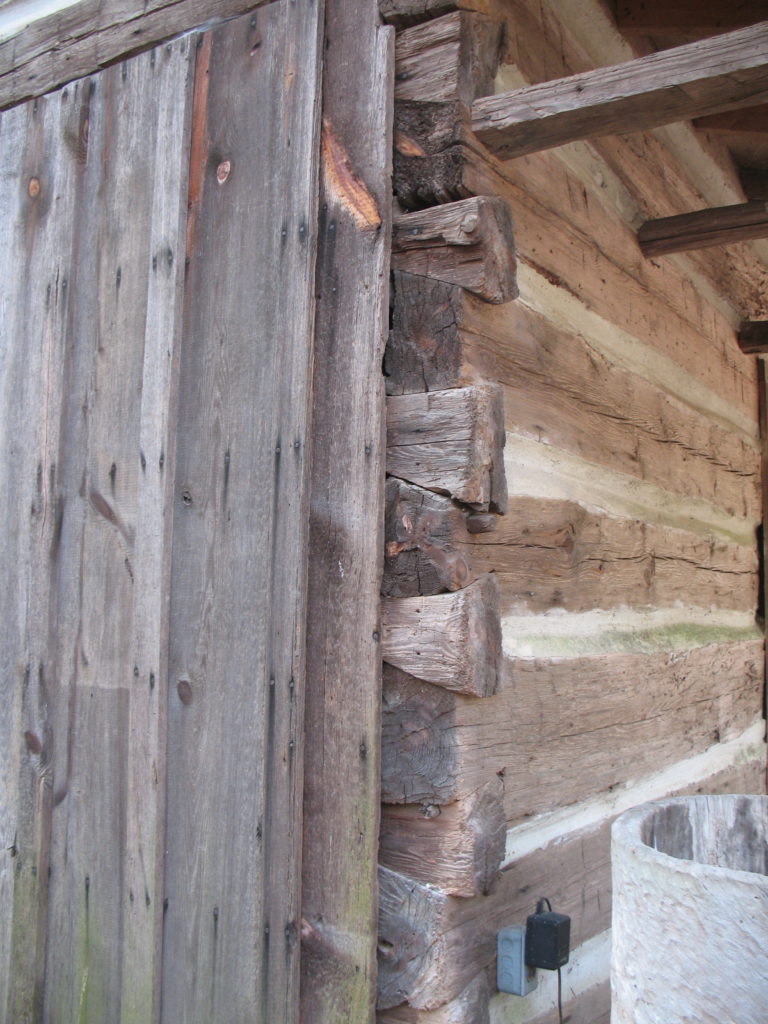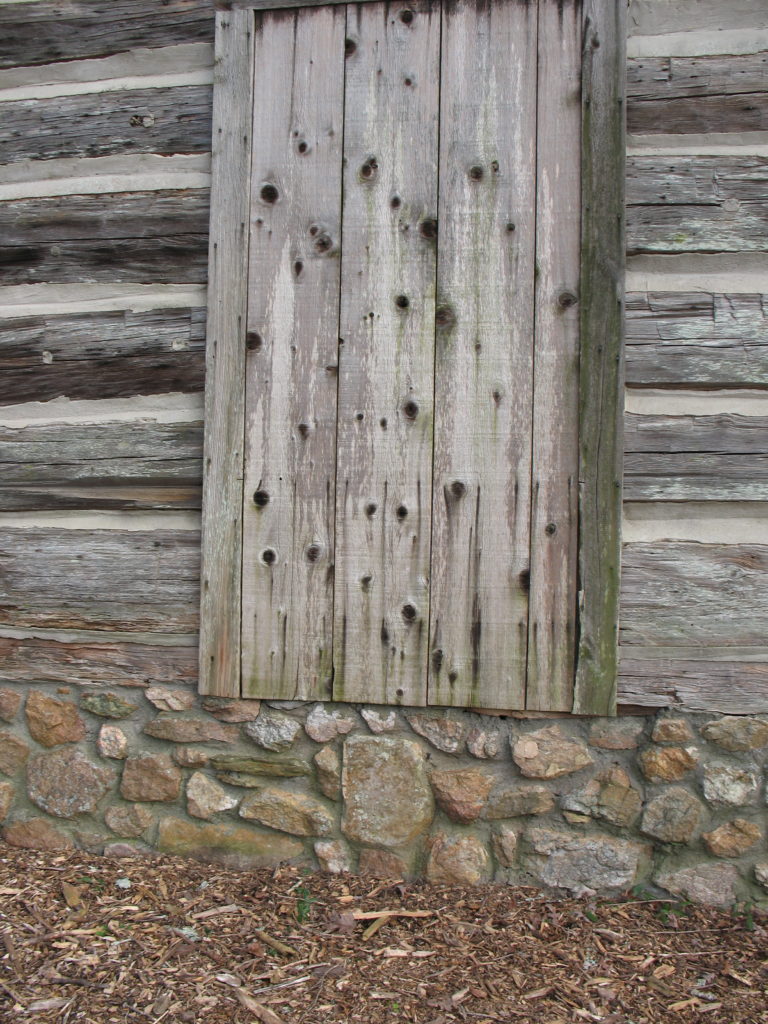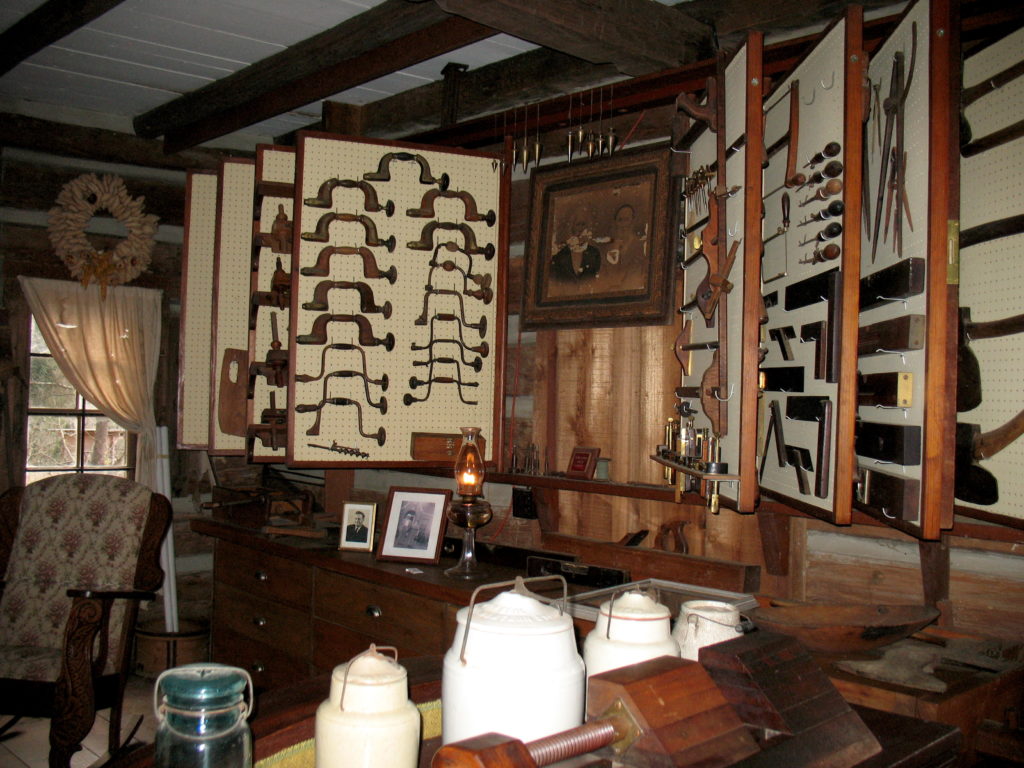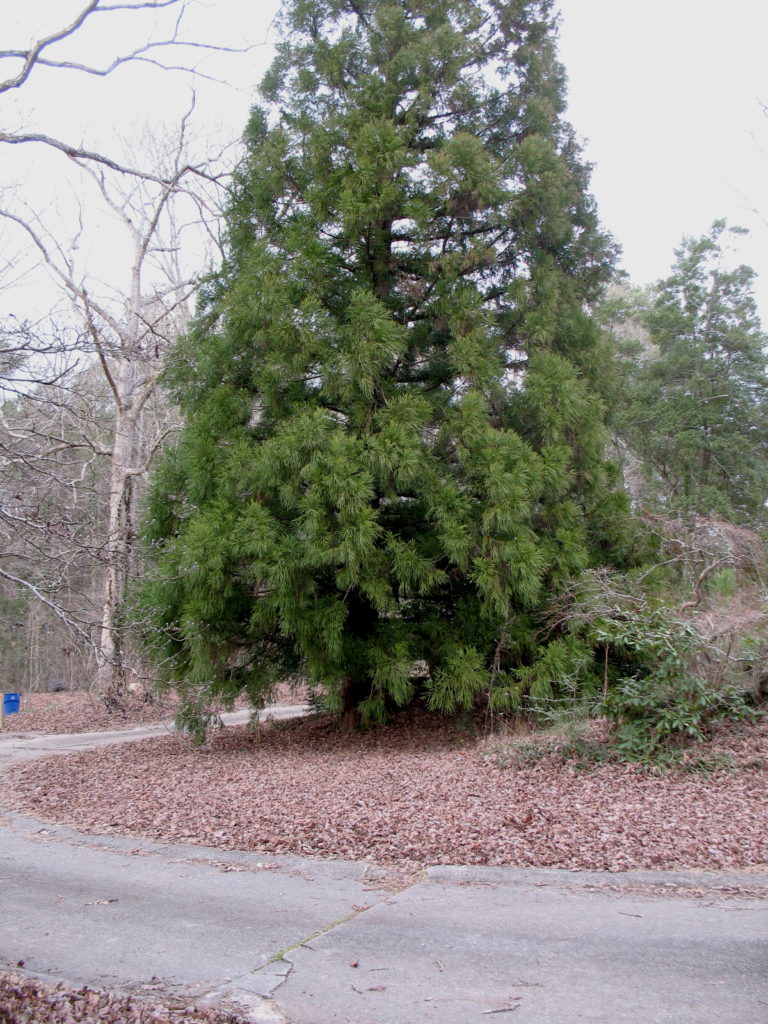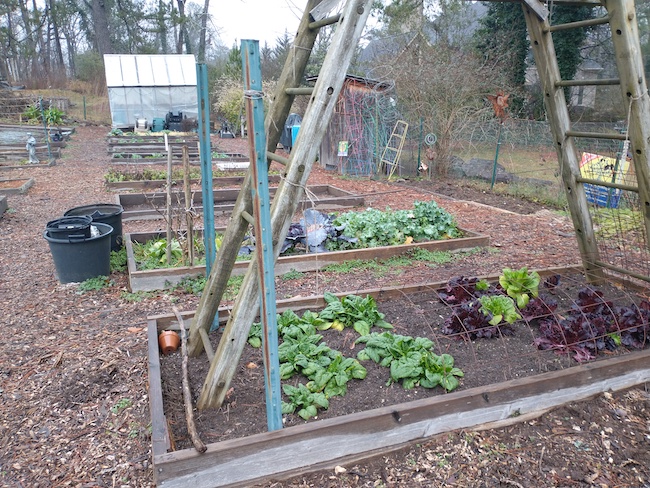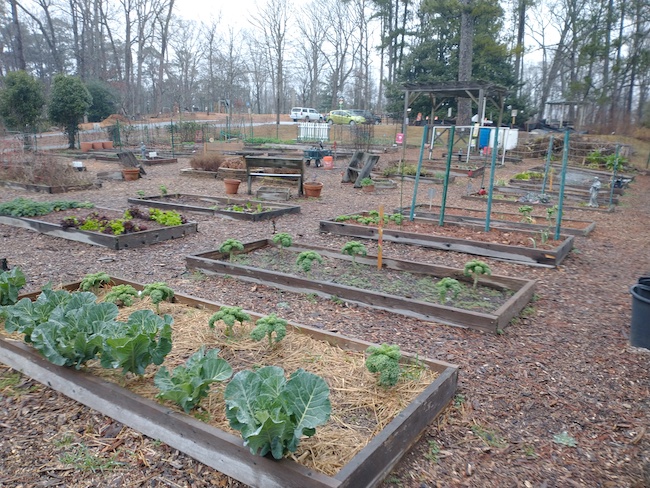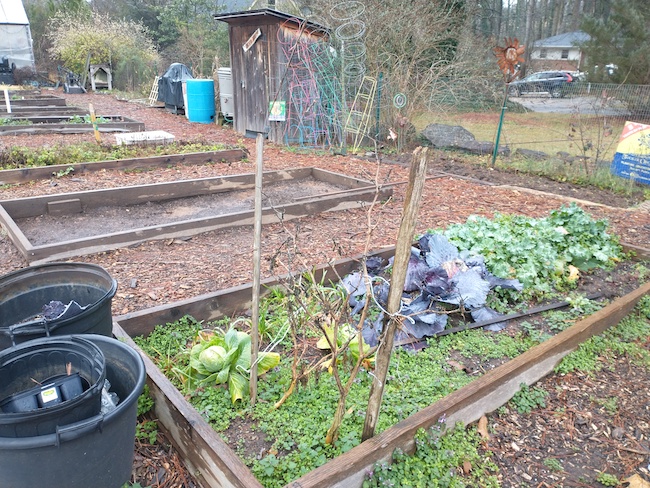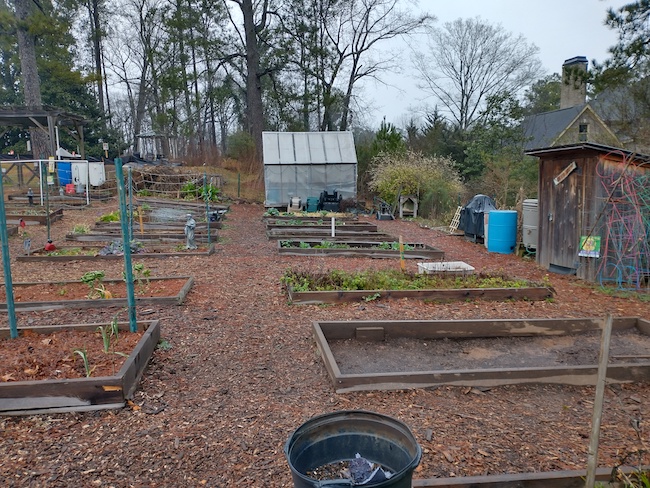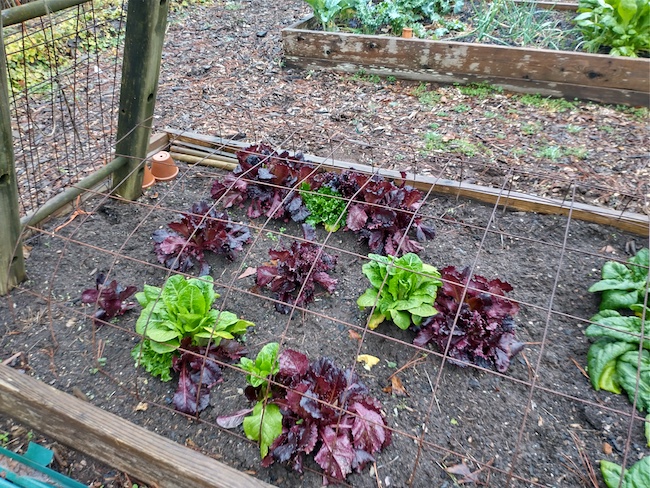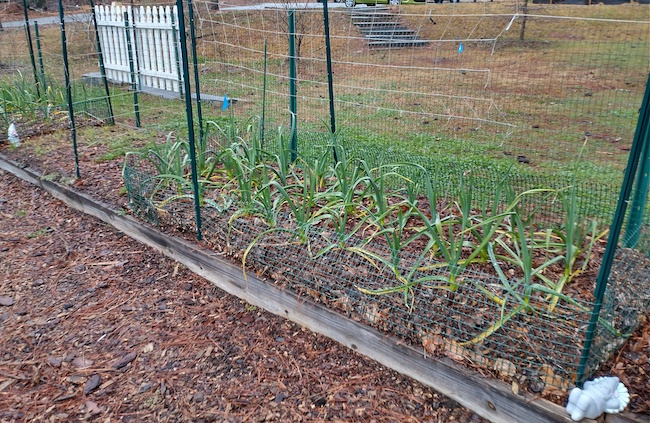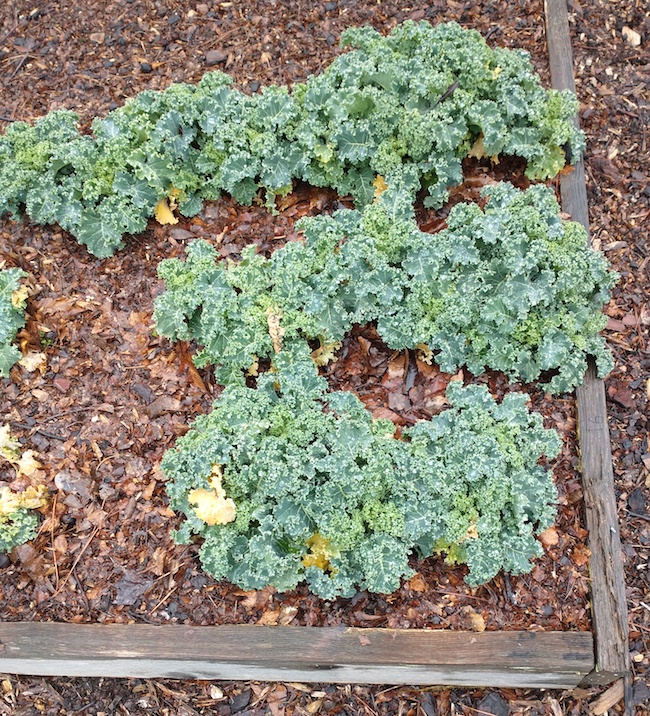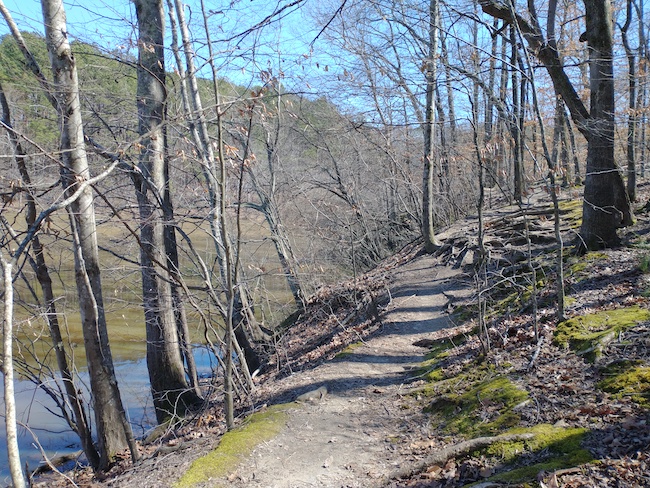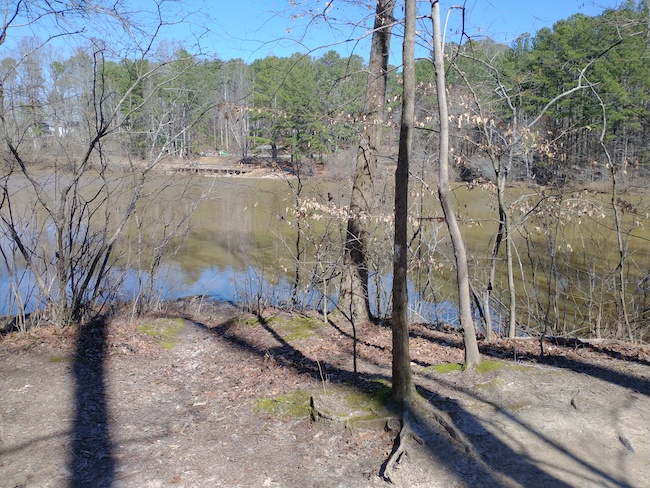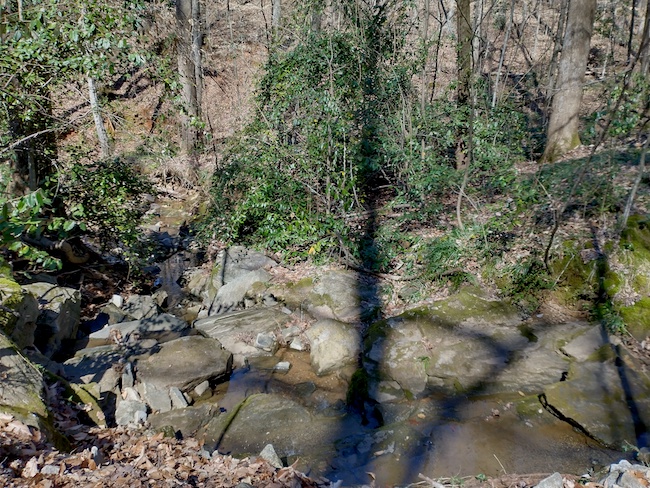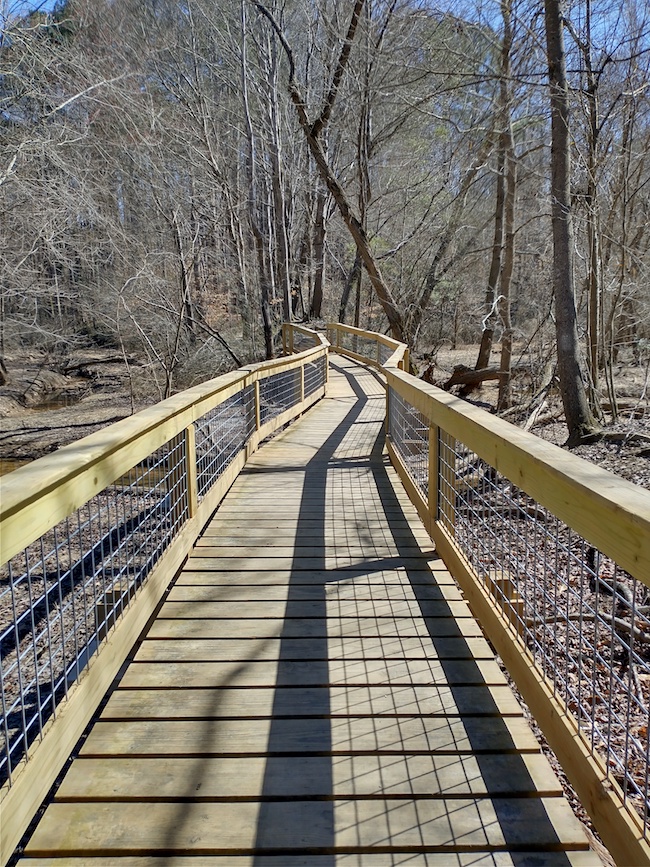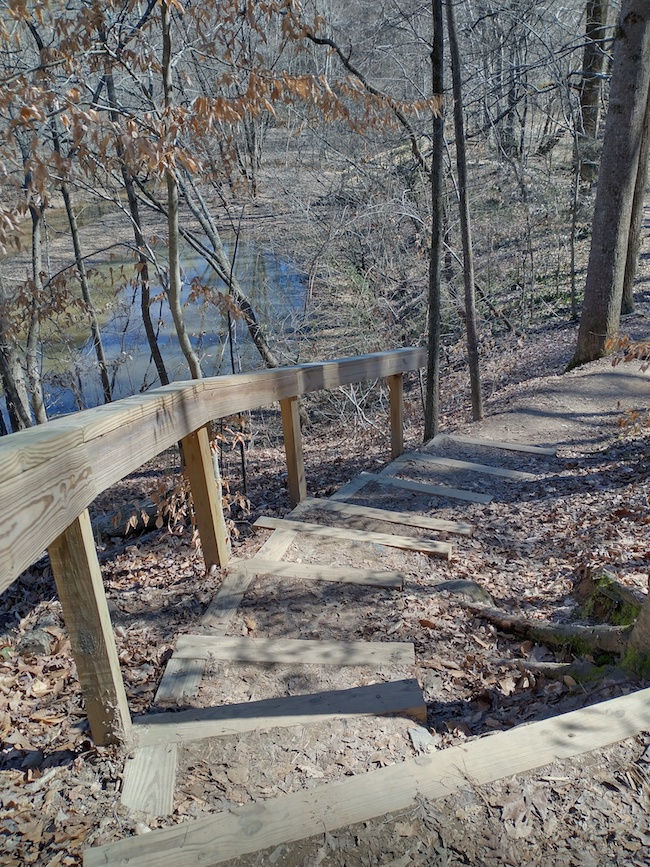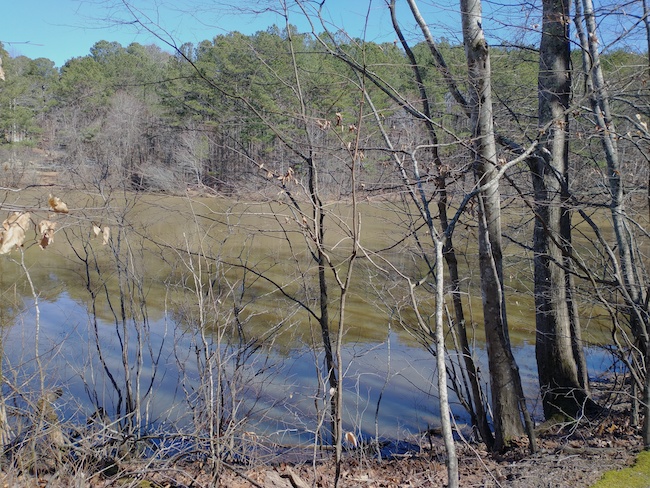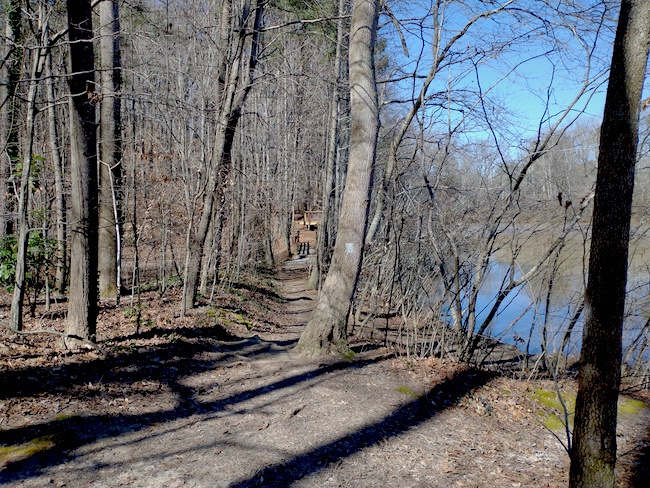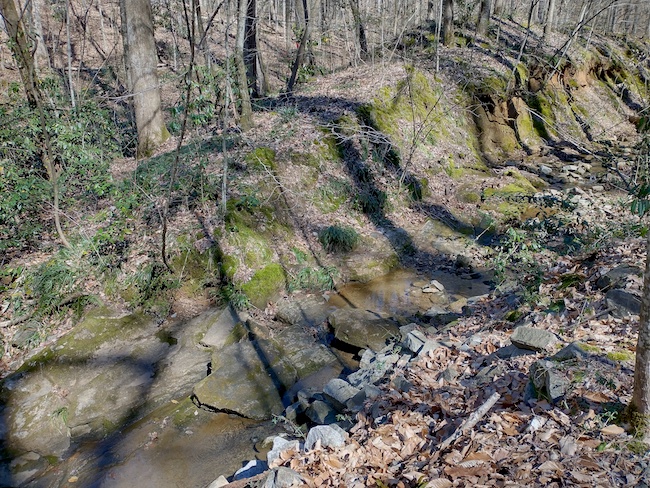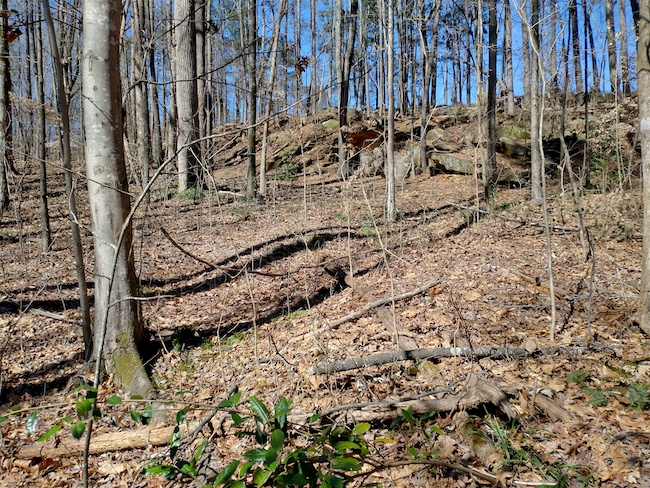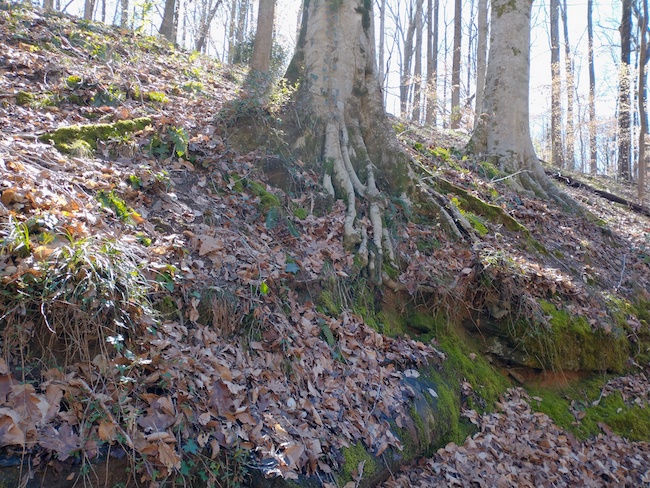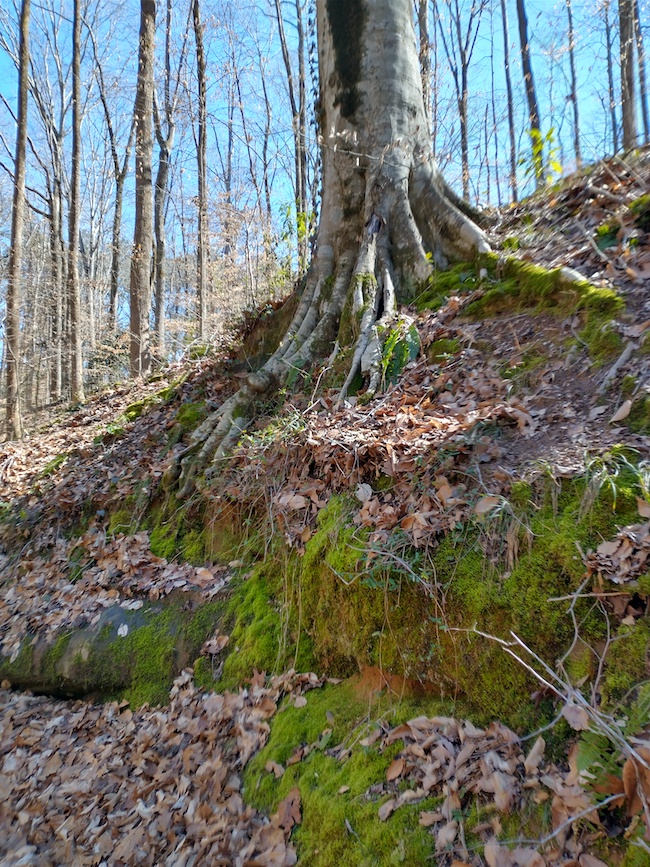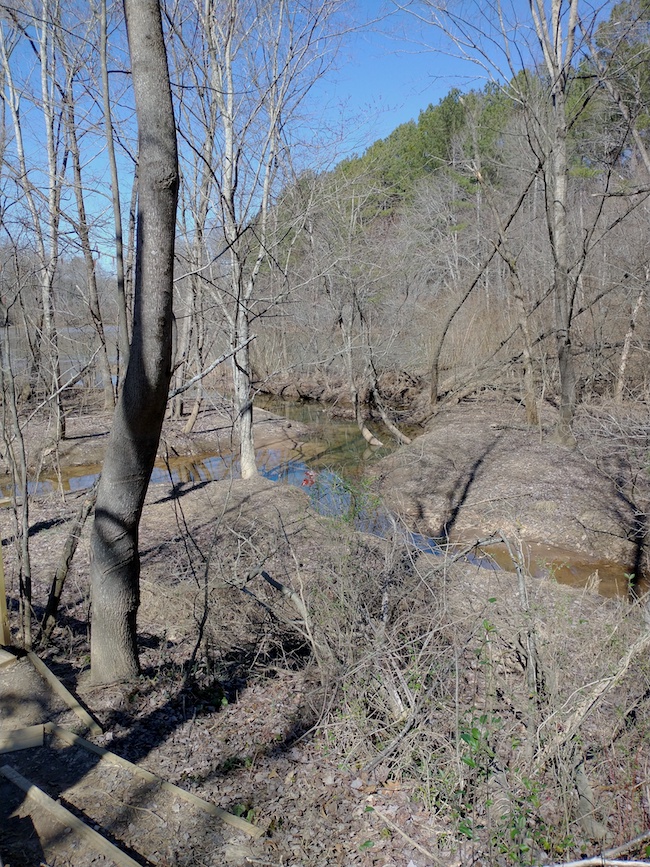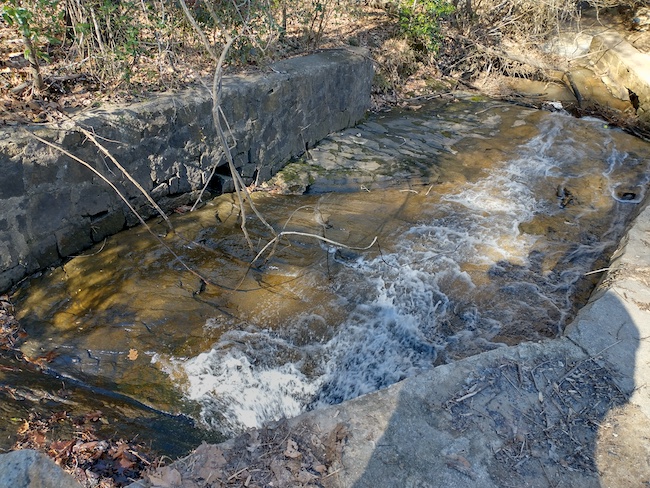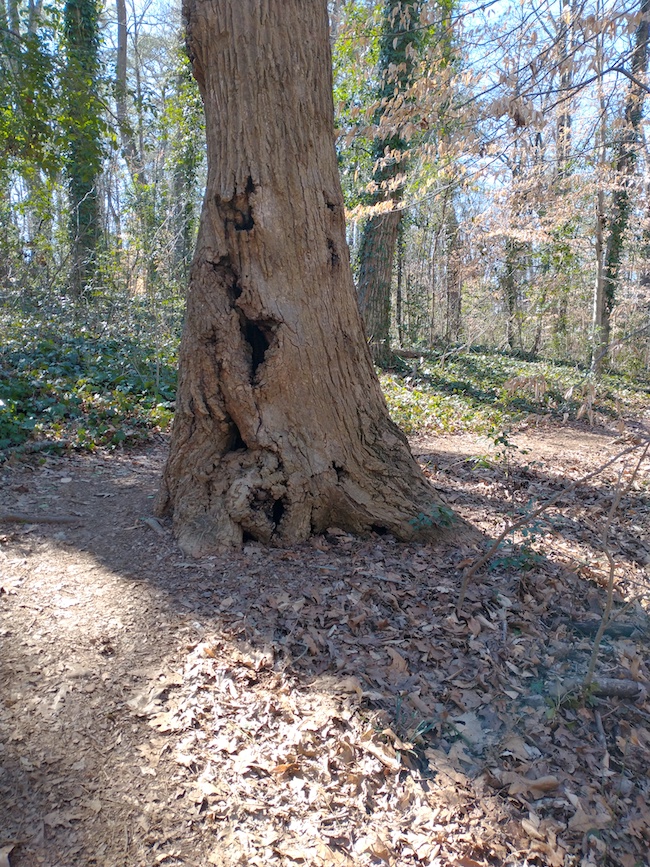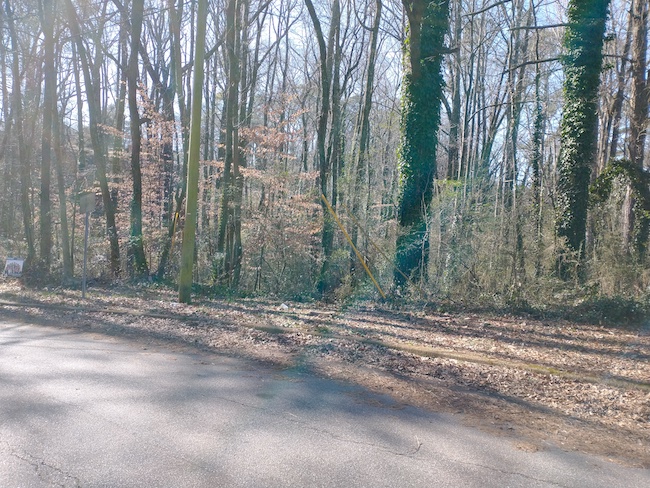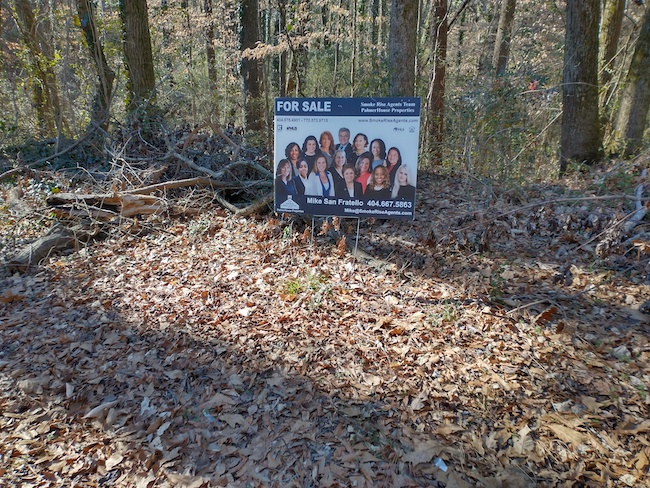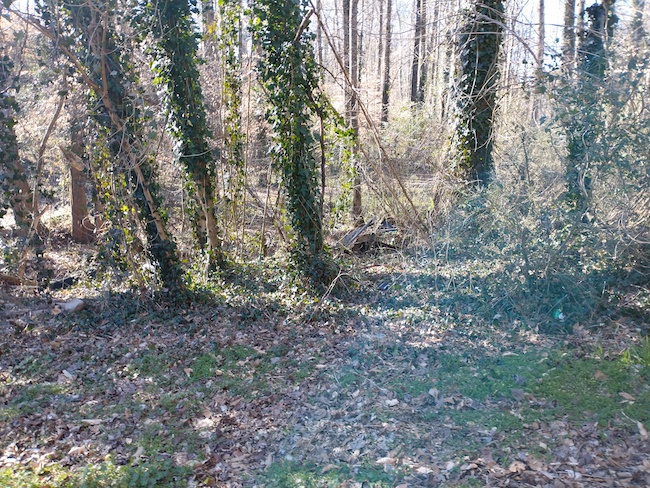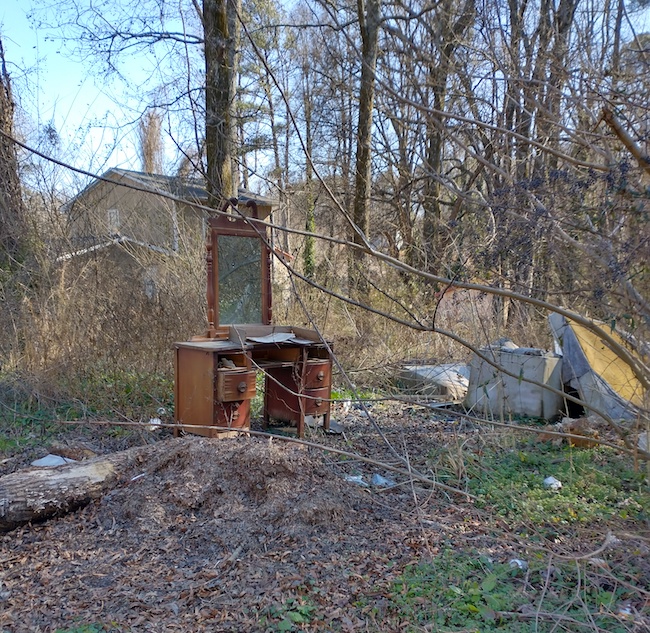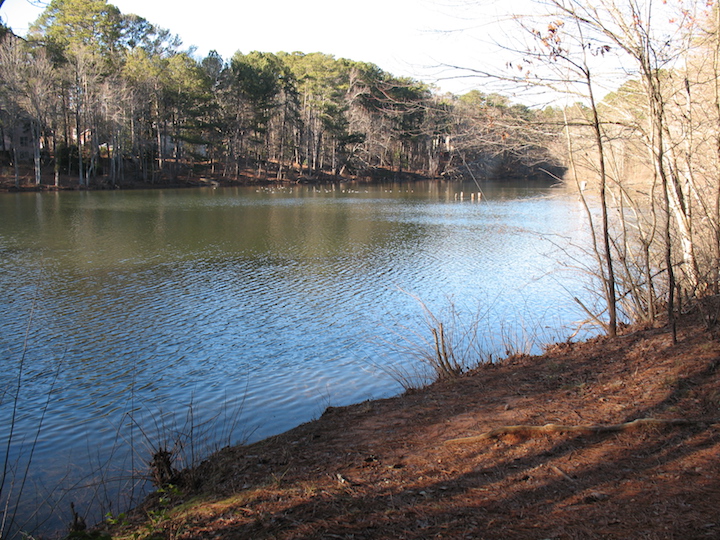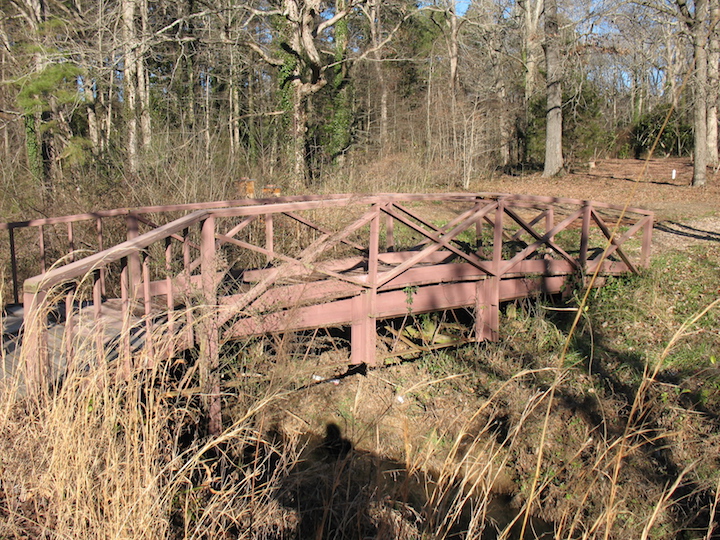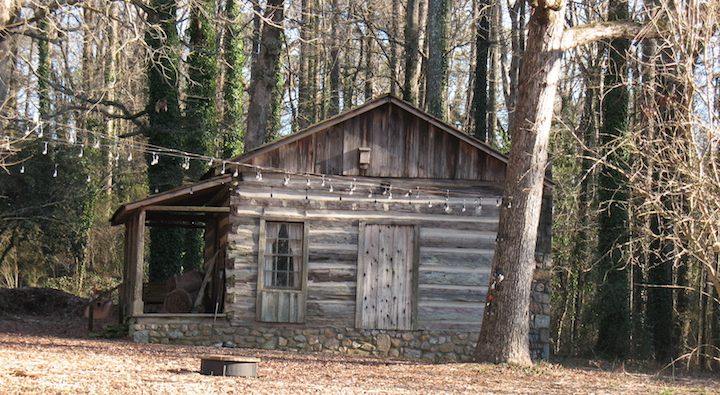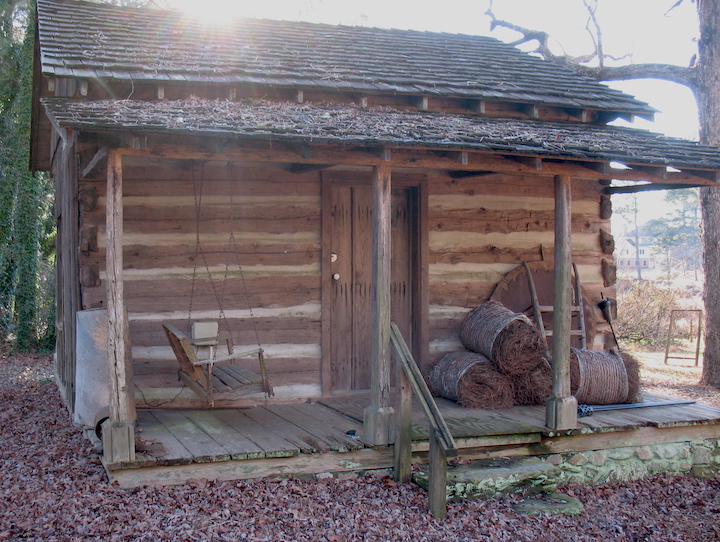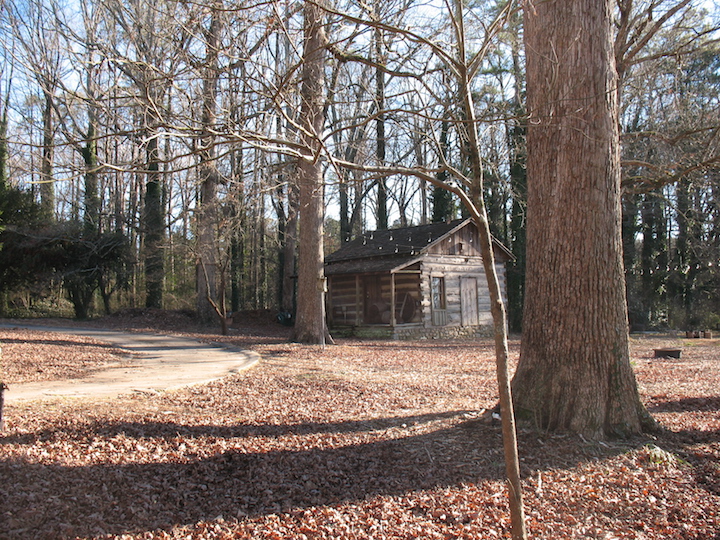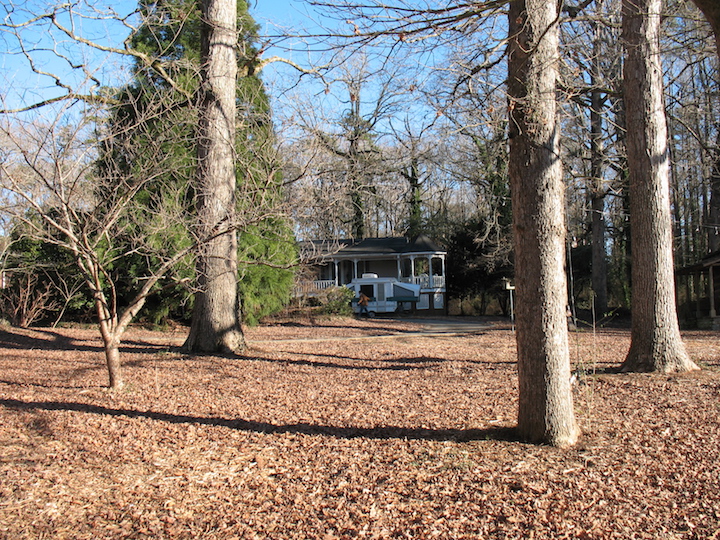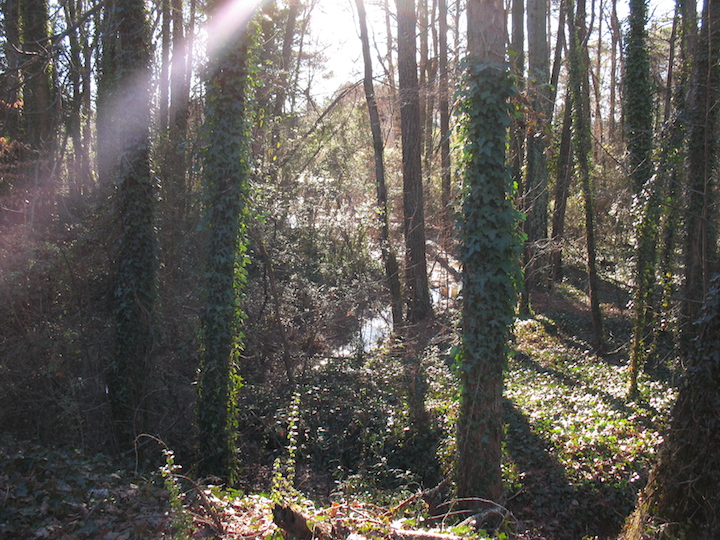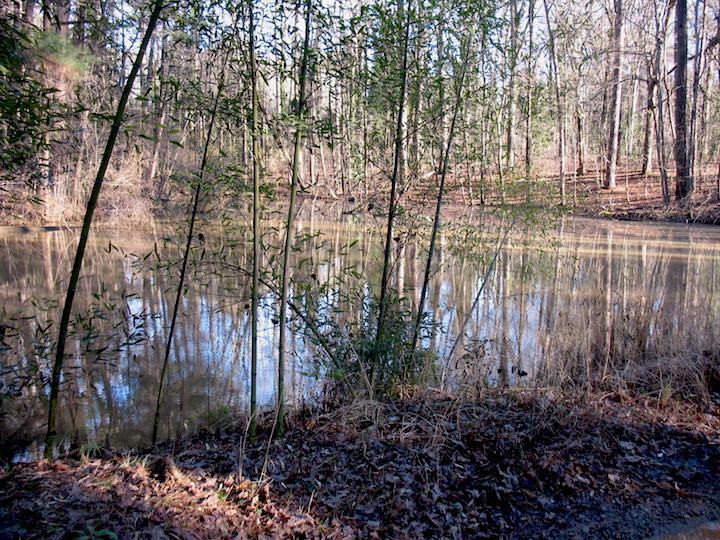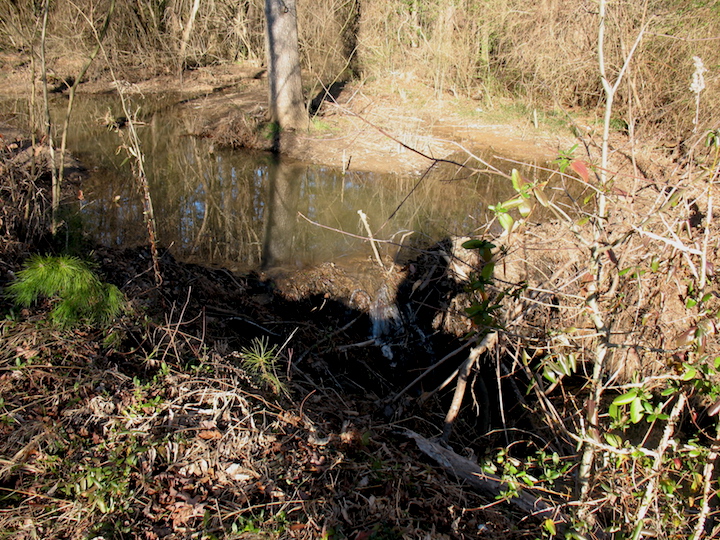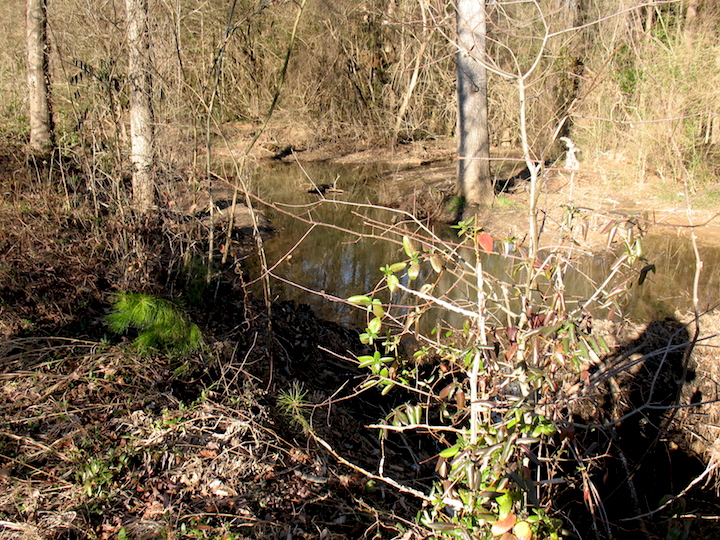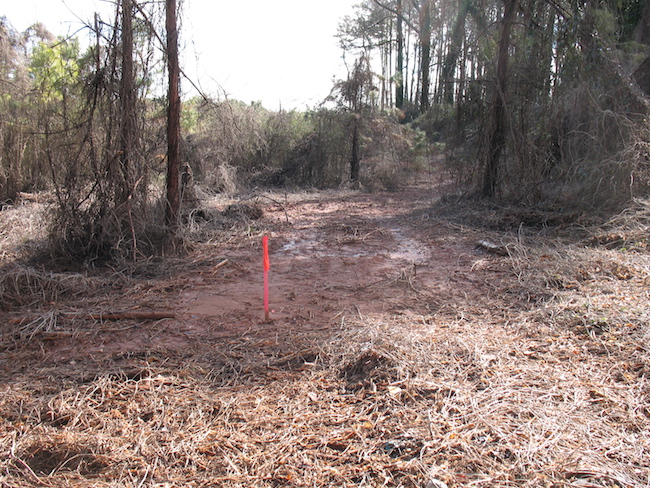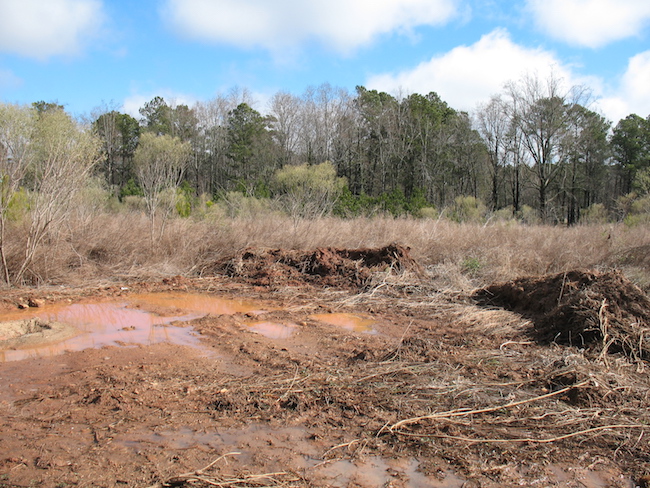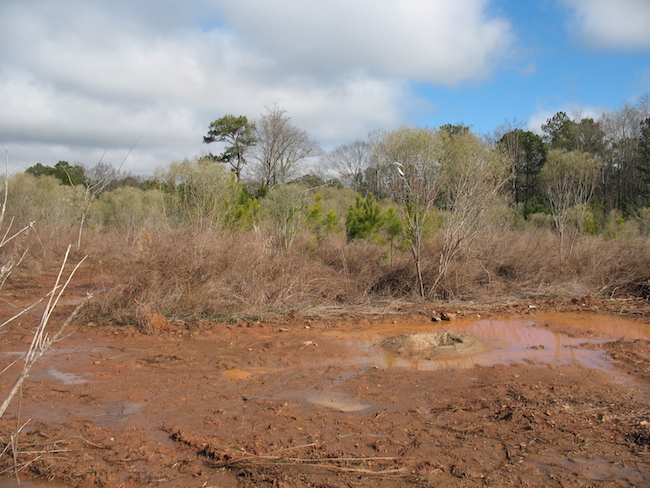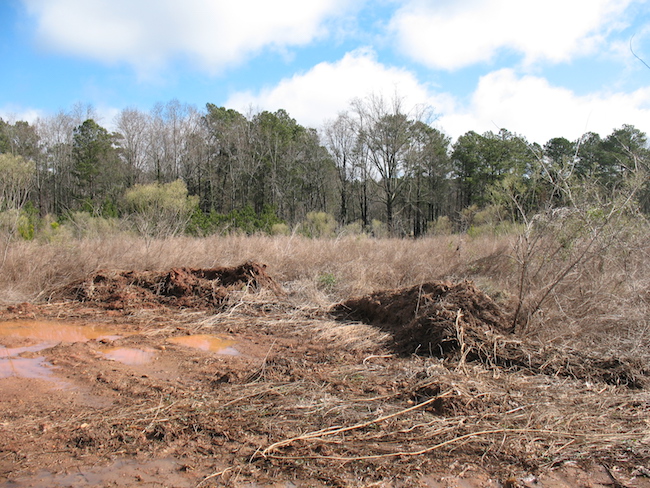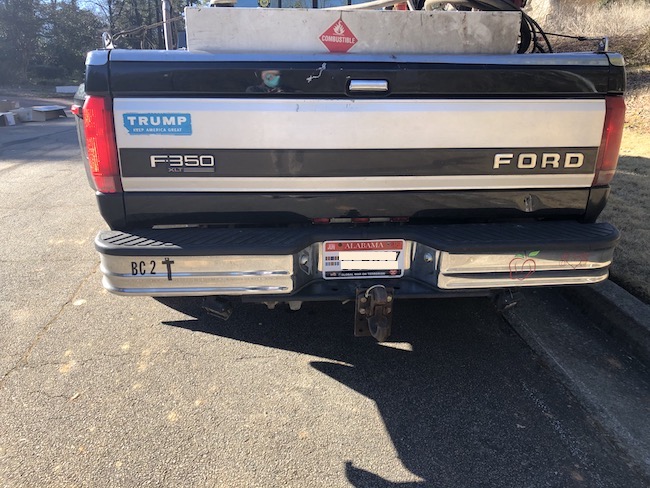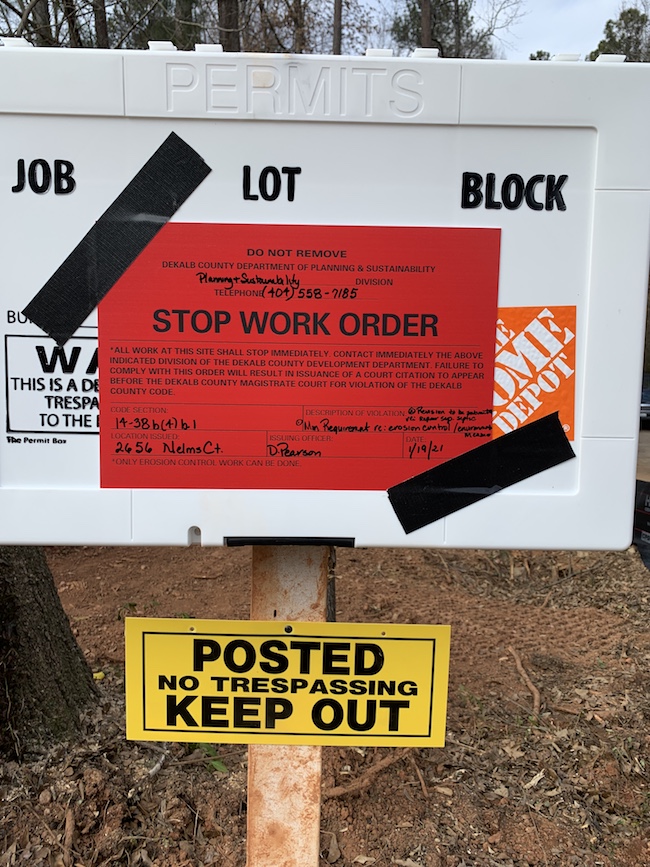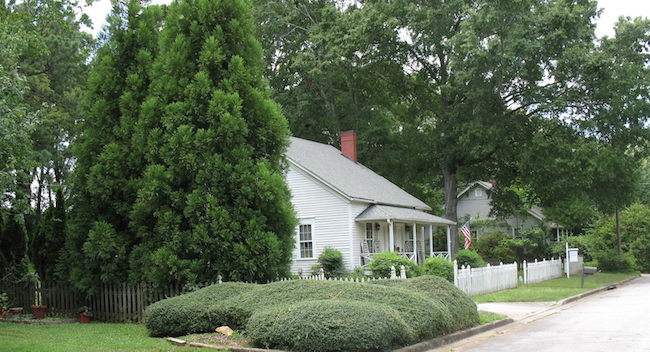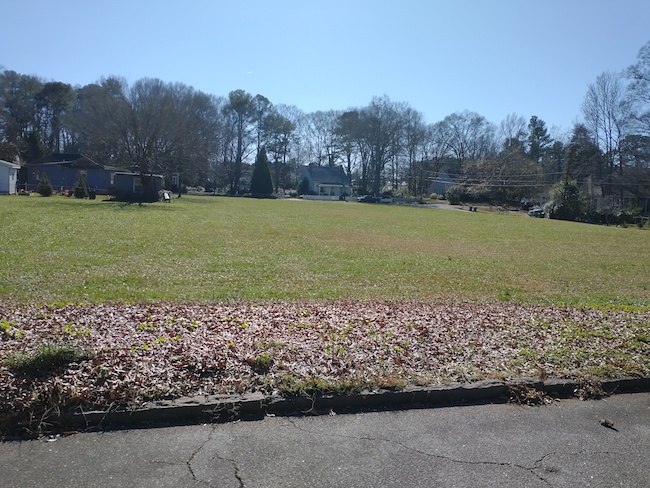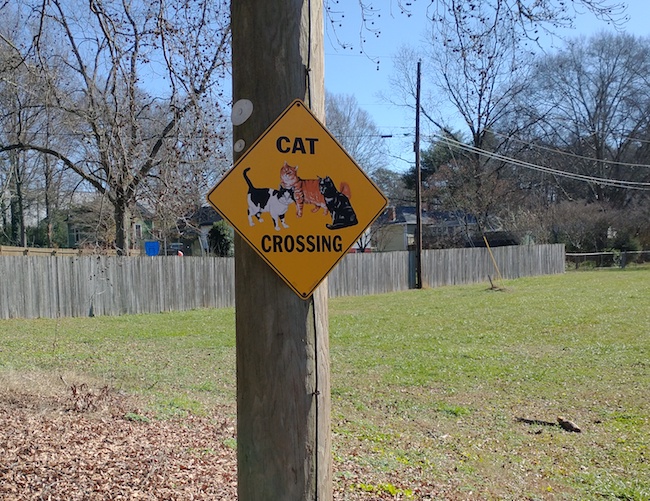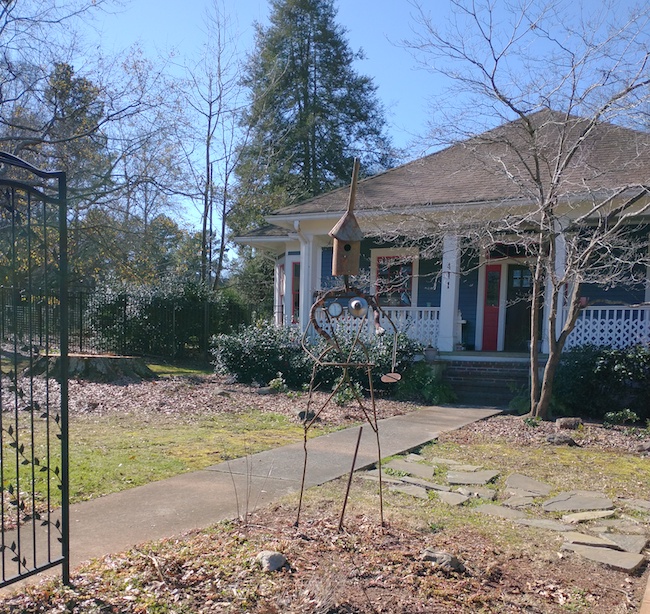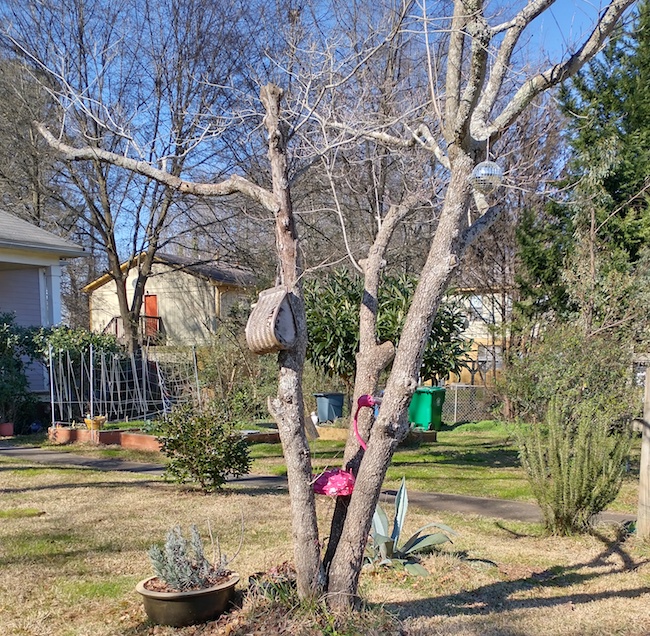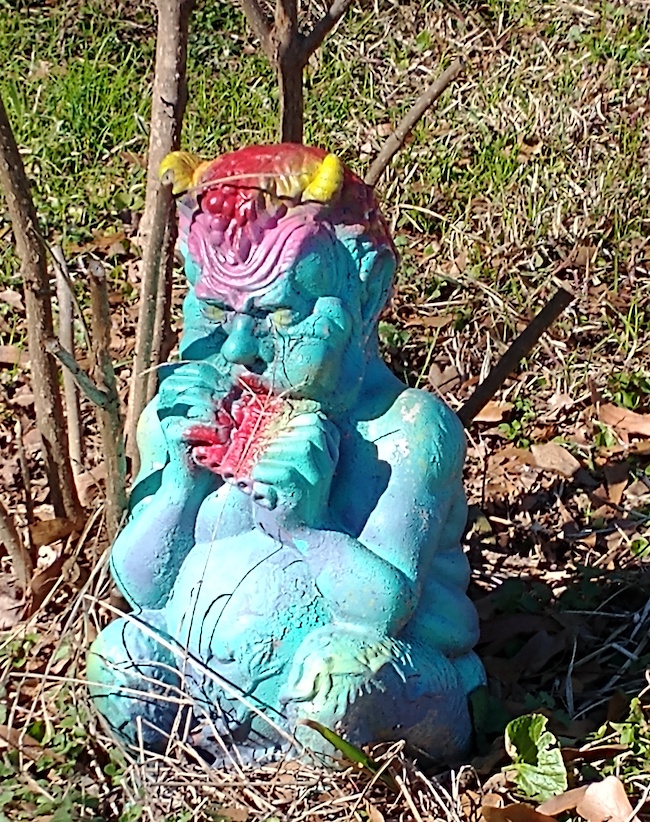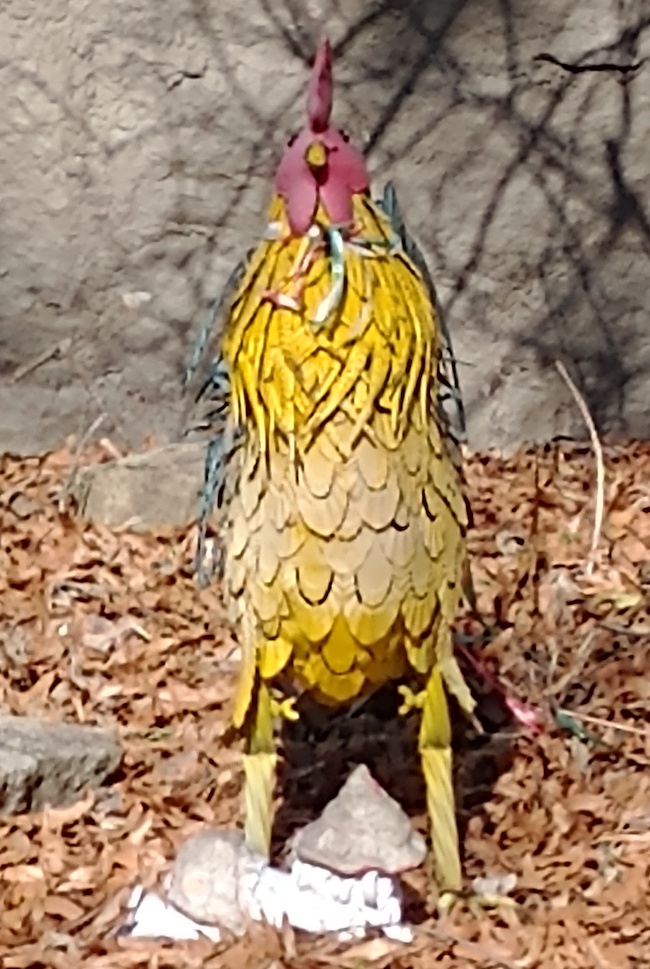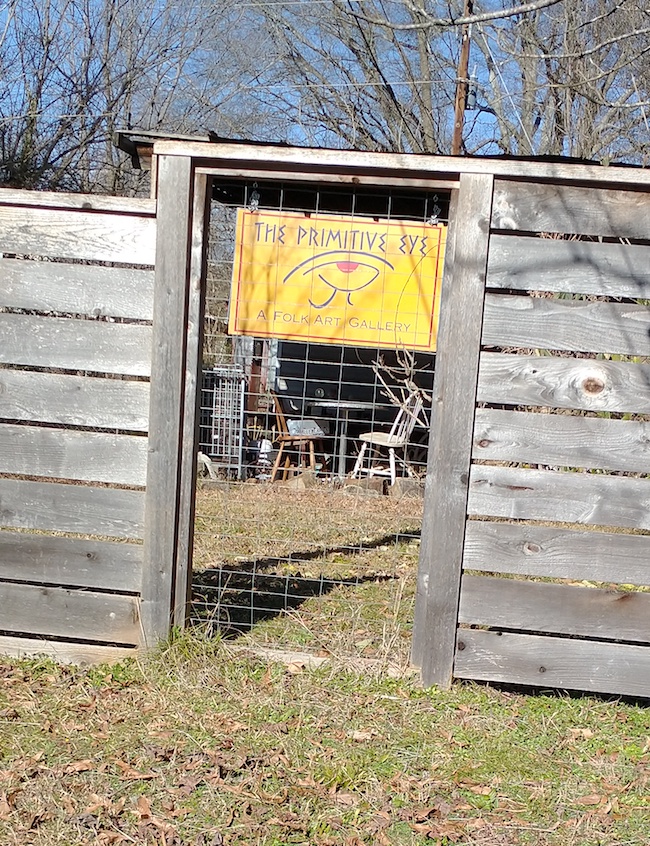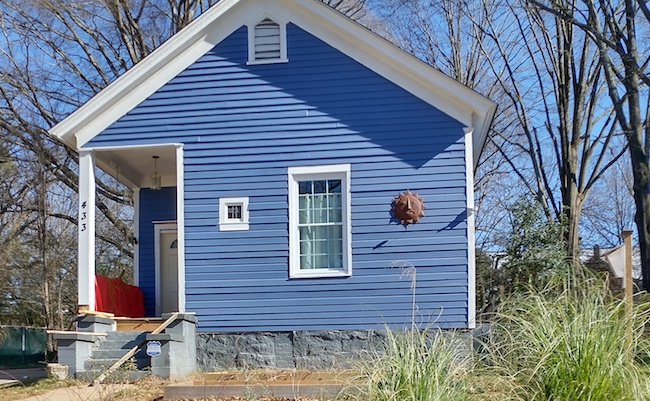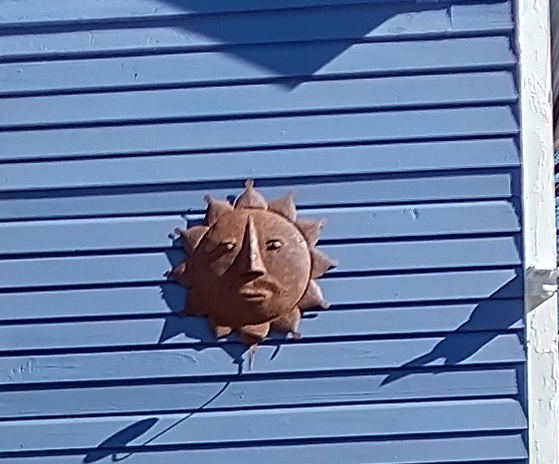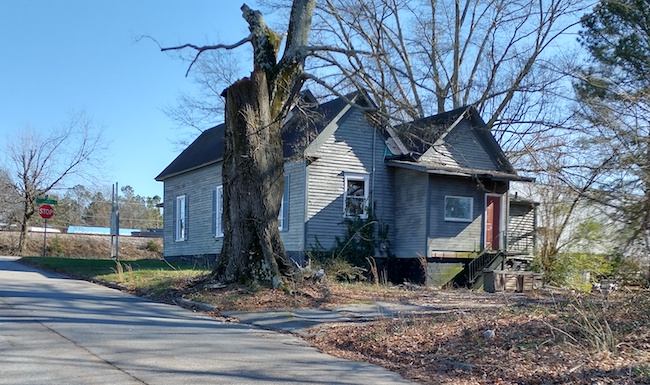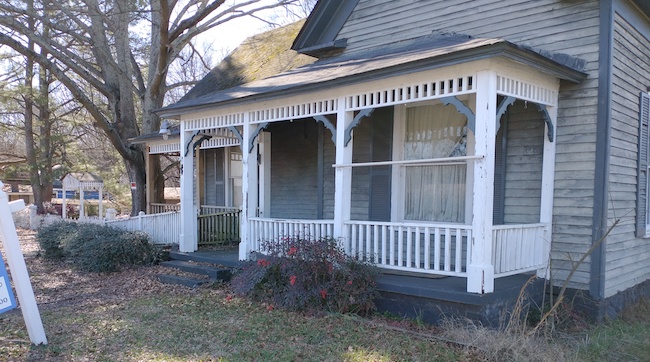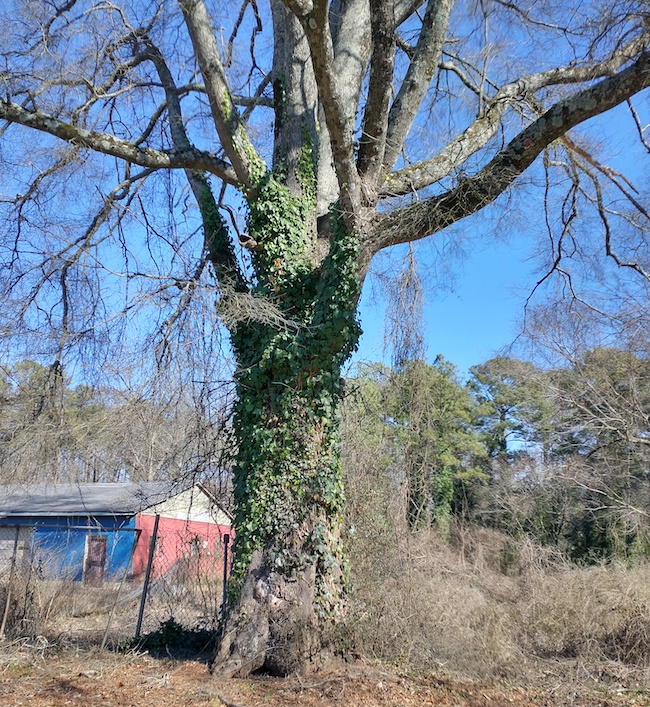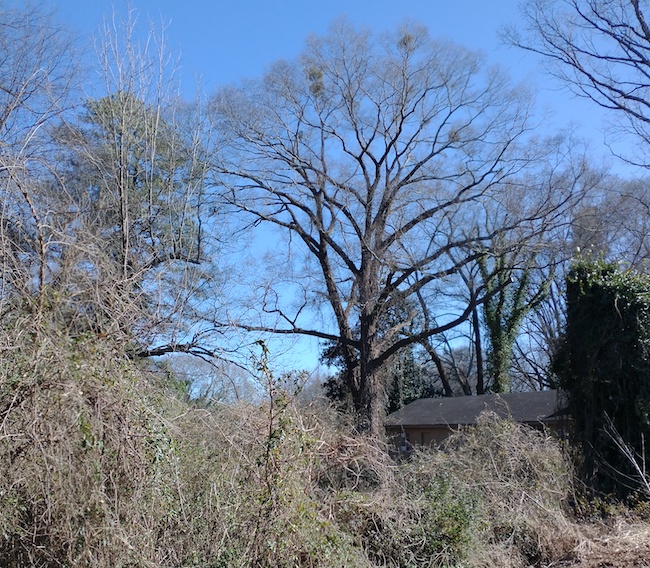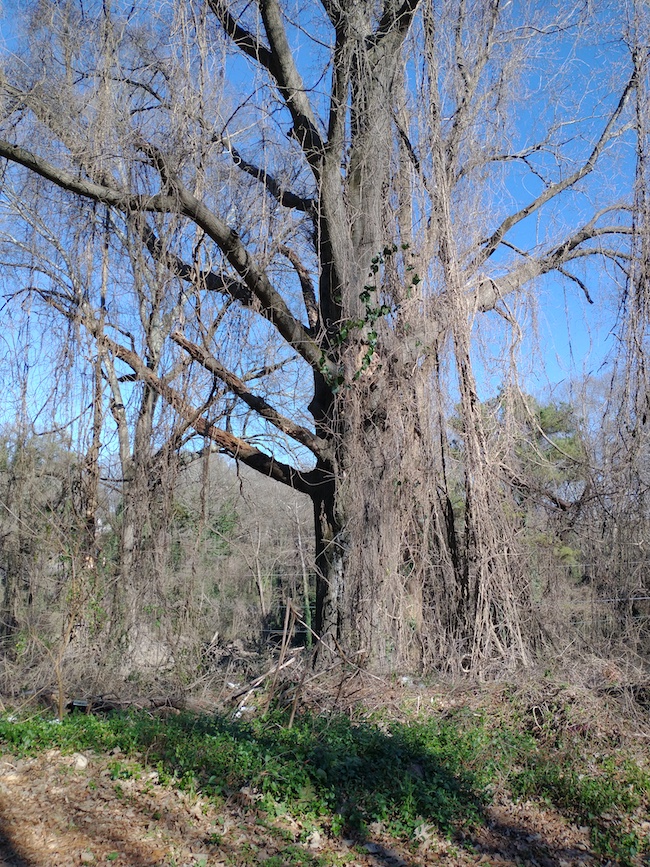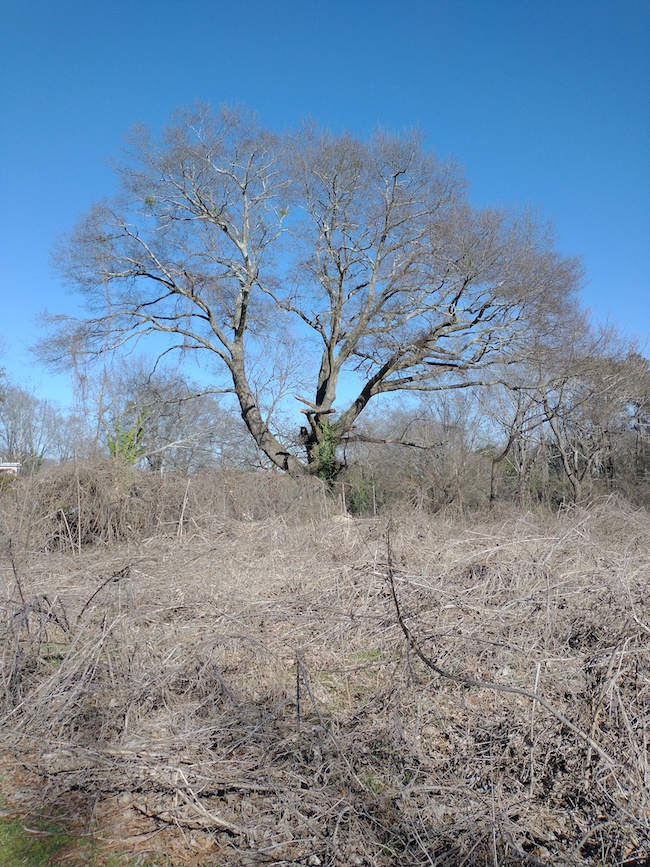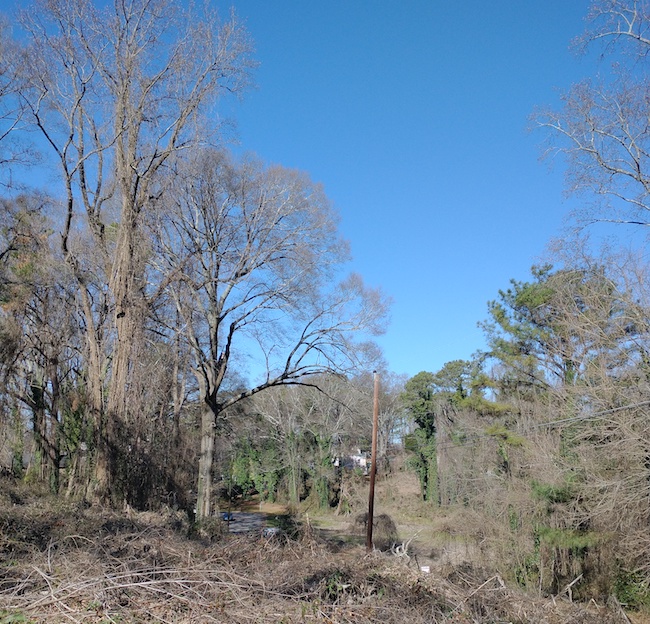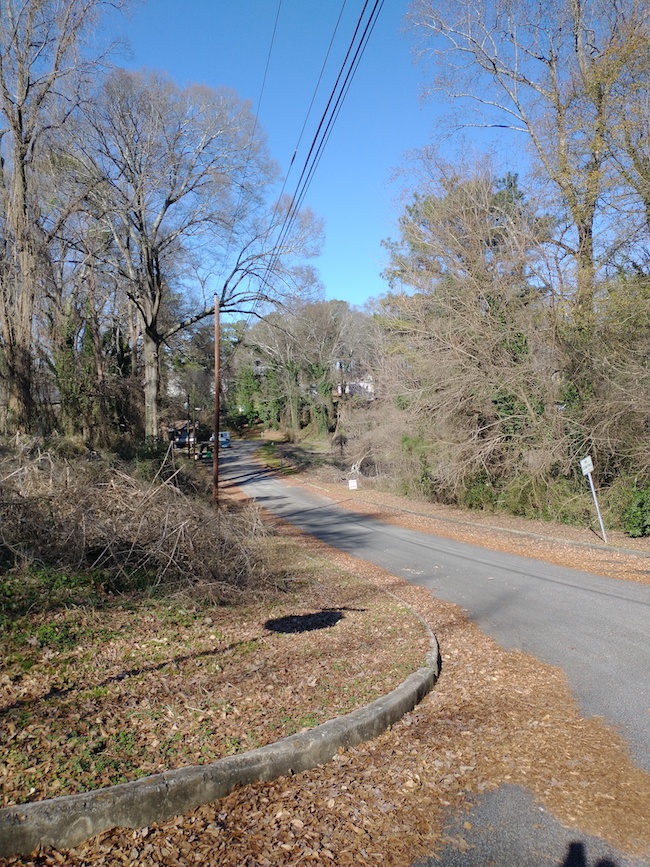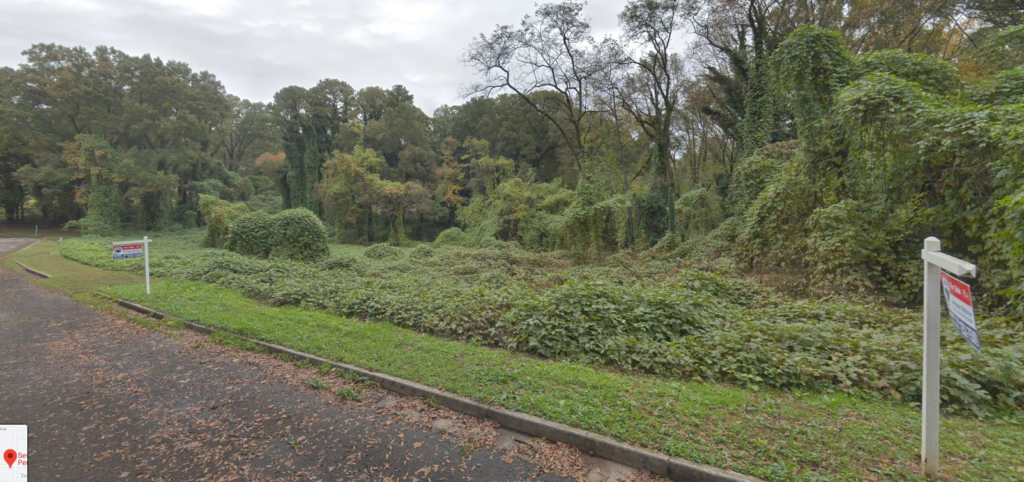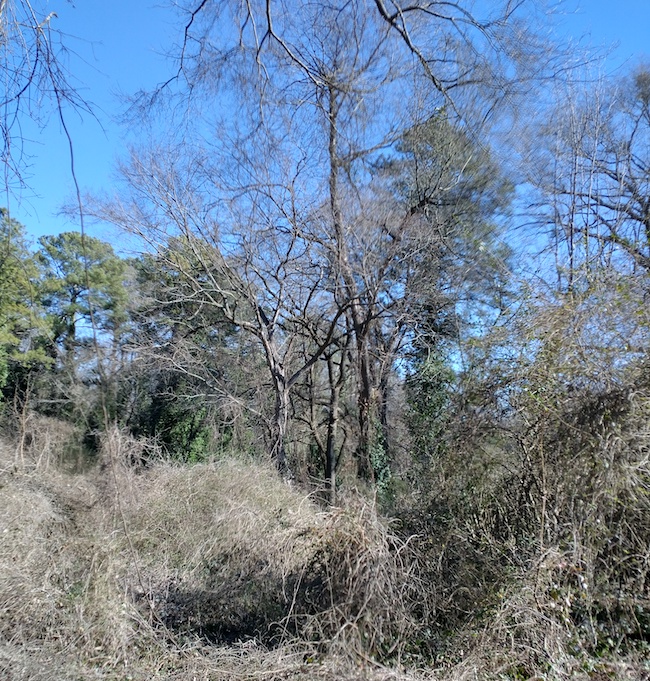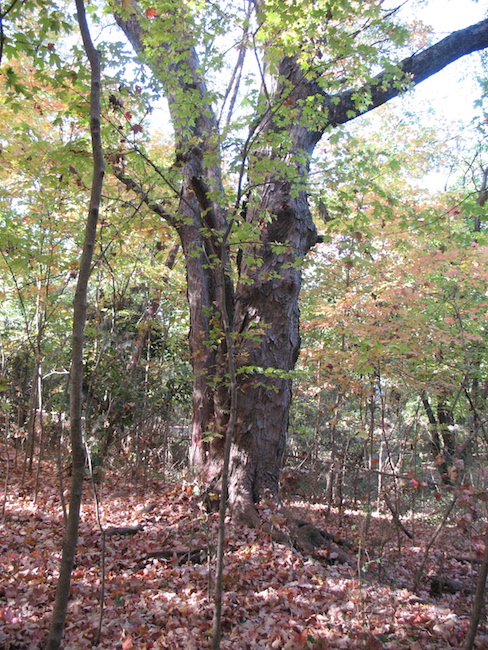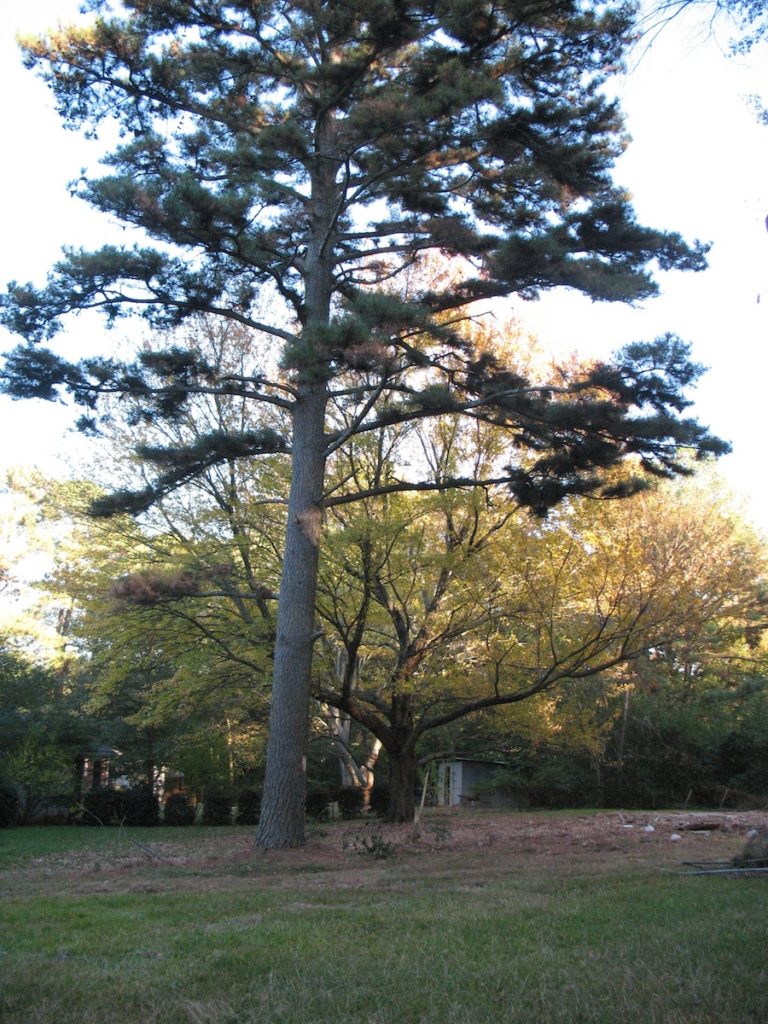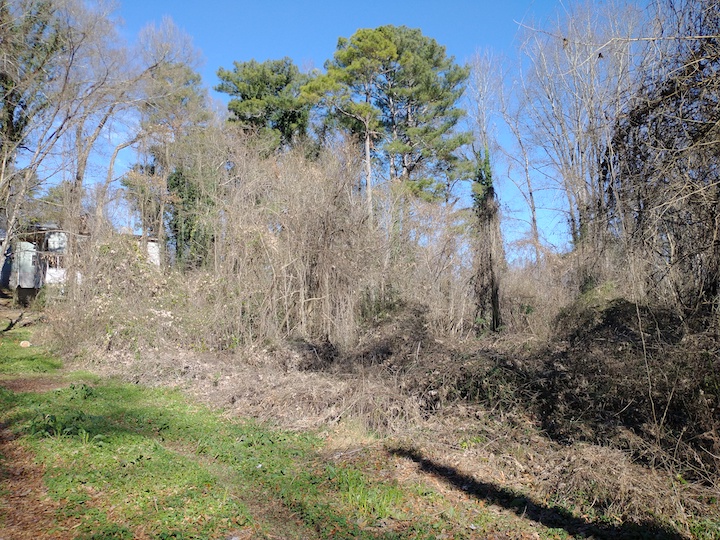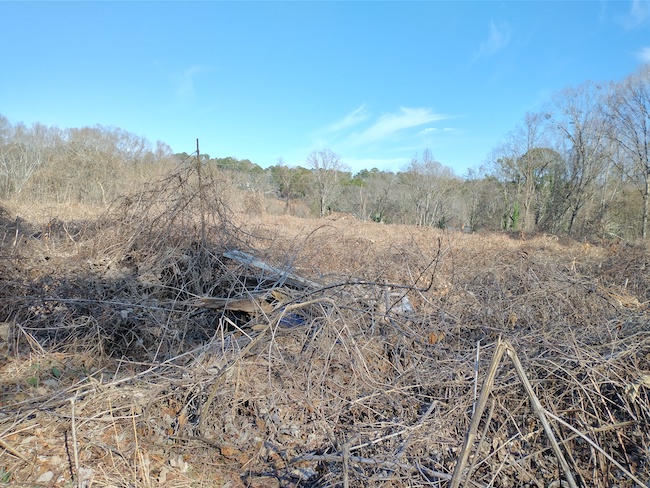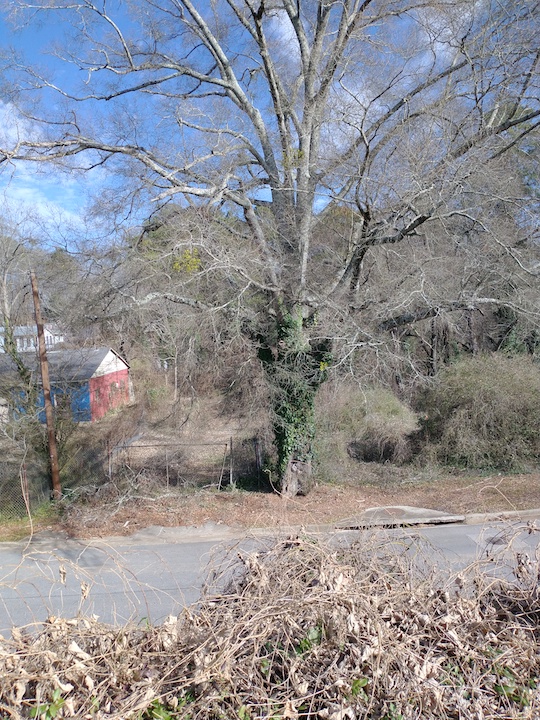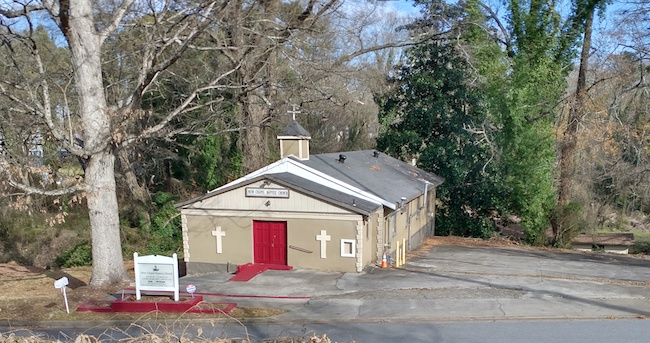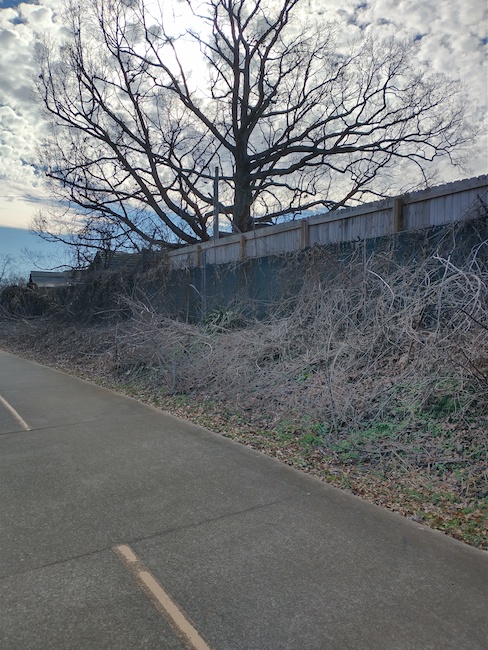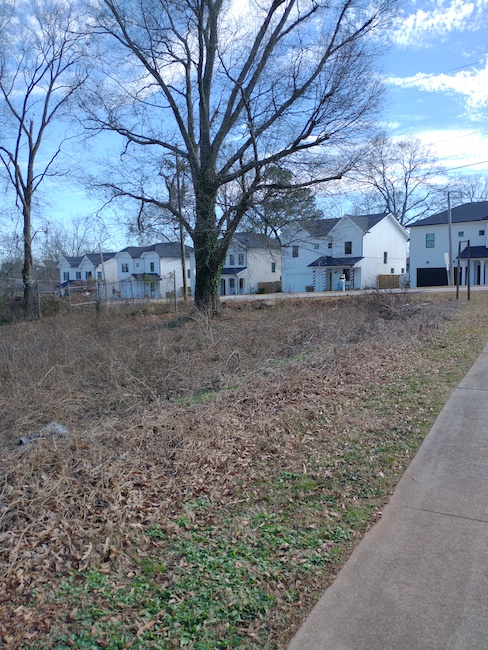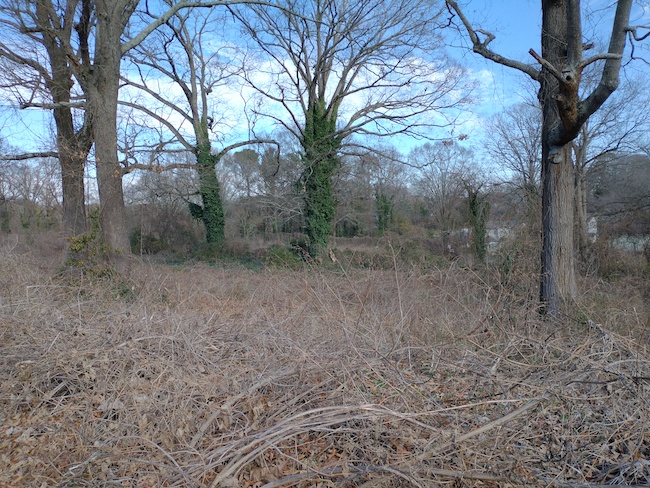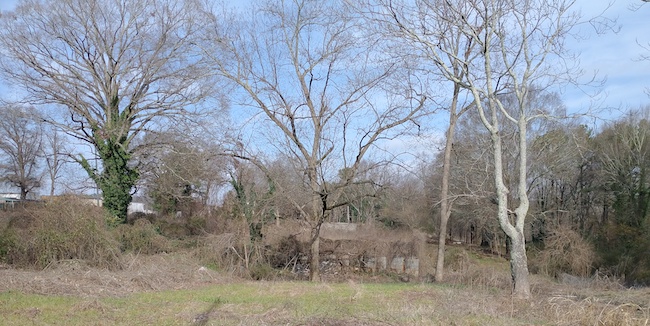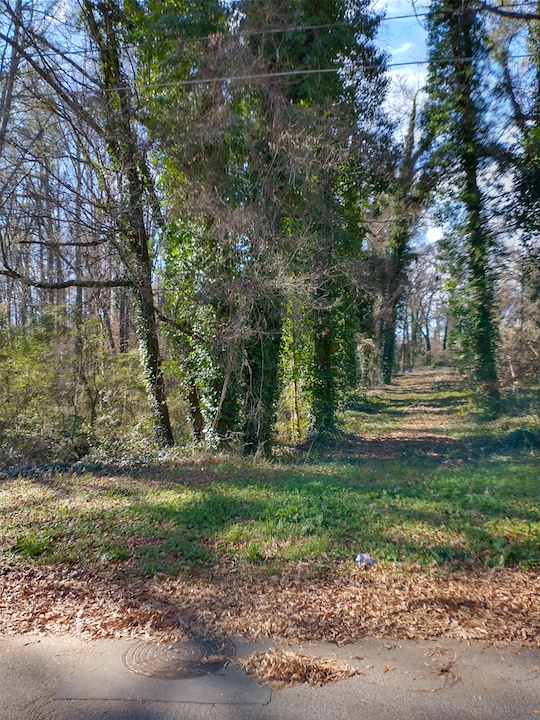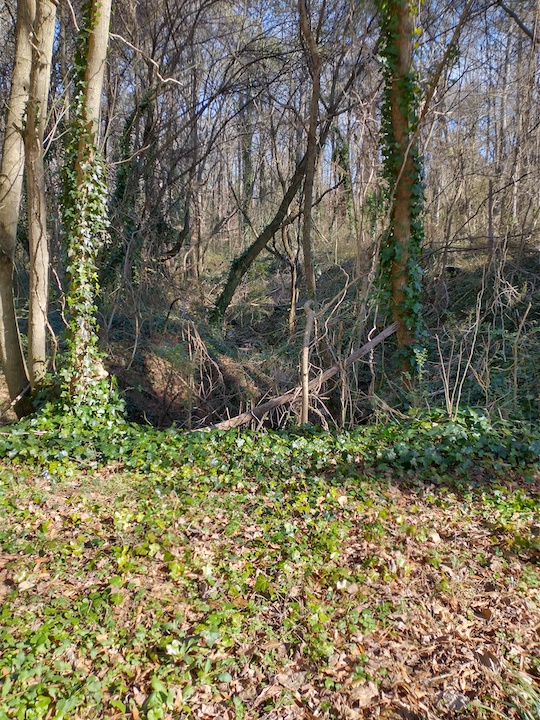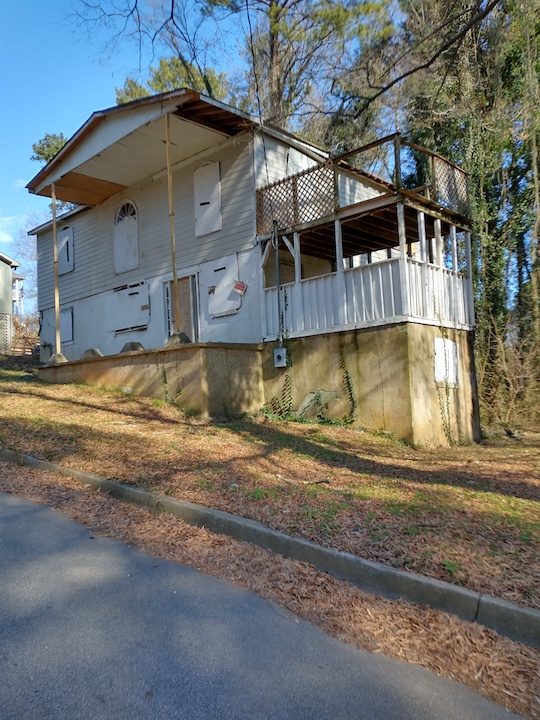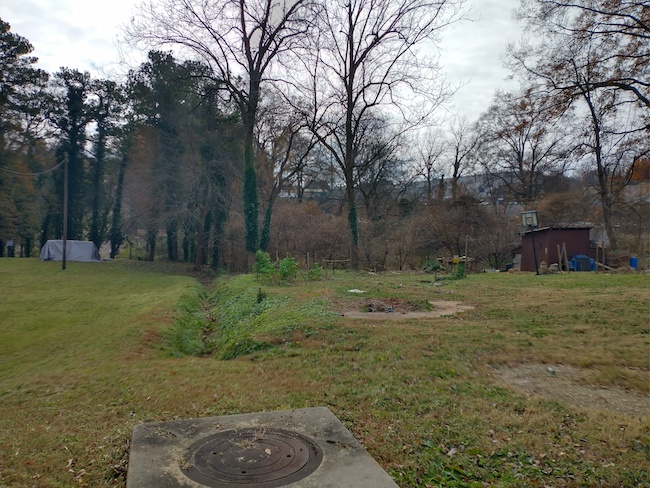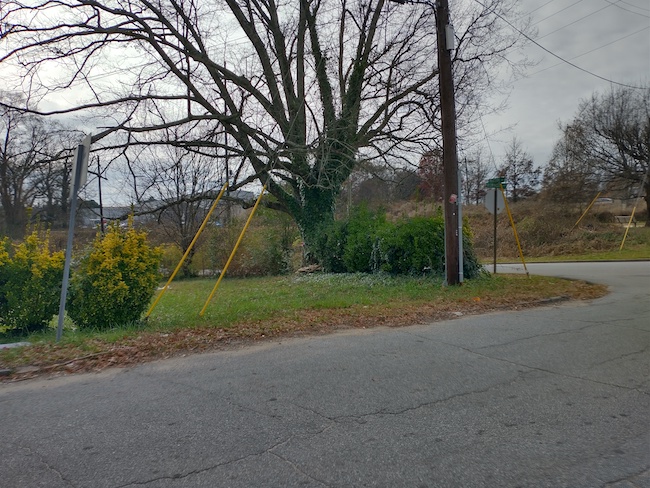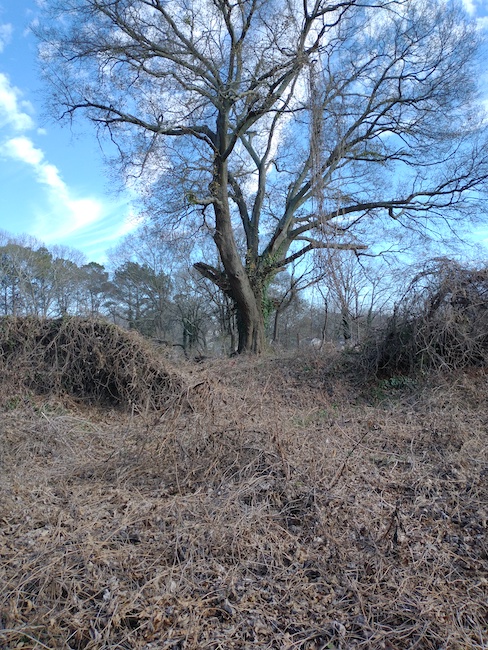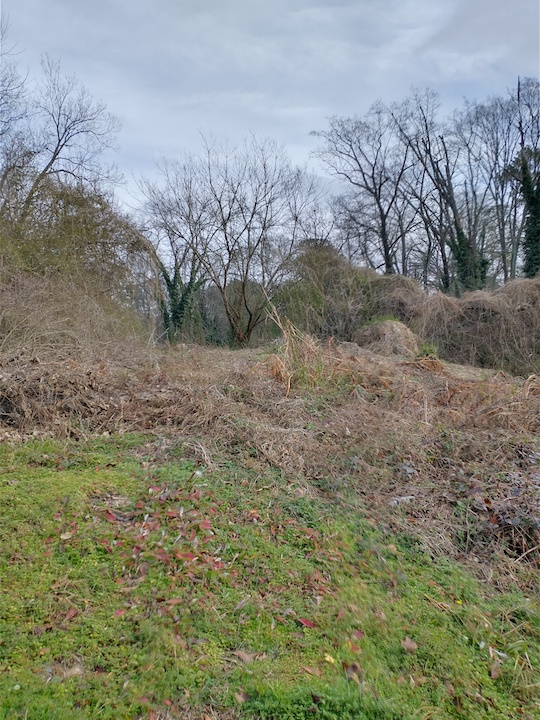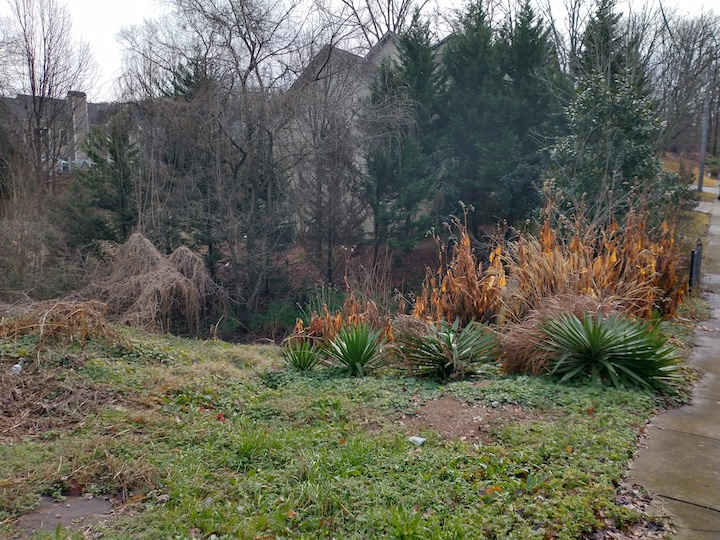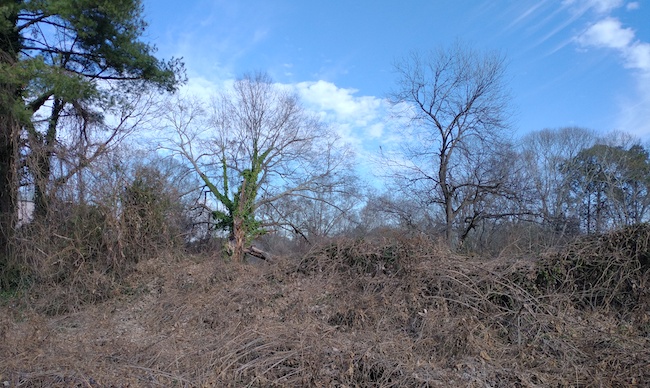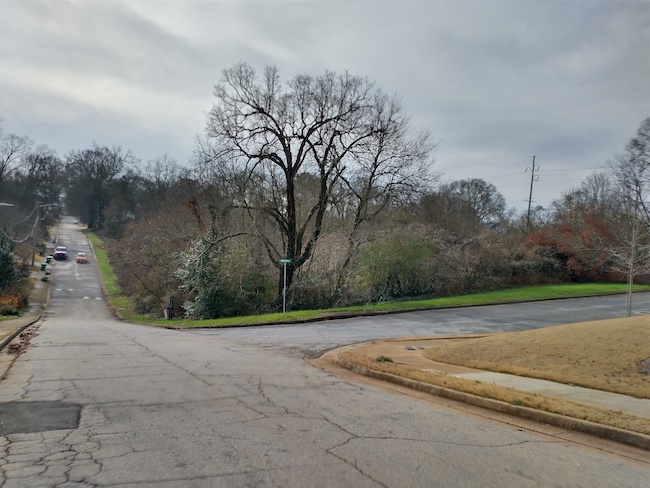The political situation at the beginning of August 2025 is not worth alluding to, other than perhaps one of the more relevant pieces in the July issue of NYRB from the Irish journalist Fintan O’Toole. I’ve added the pdf since not many readers probably have a subscription. Many local activist groups have formed to try and keep our elections and various policies from sabotage.
I’m working on a series of oils on paper based on my garden’s native plantings that are now vertical enough to be exciting. Painting and my work with environmentally focused civic and politically motivated groups makes life bearable.
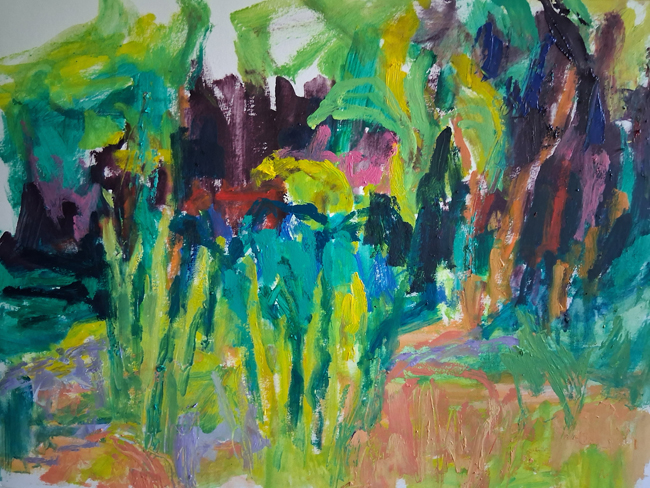
Green Hollow, oil/Stonehenge oil paper, 18″x24″ 2025
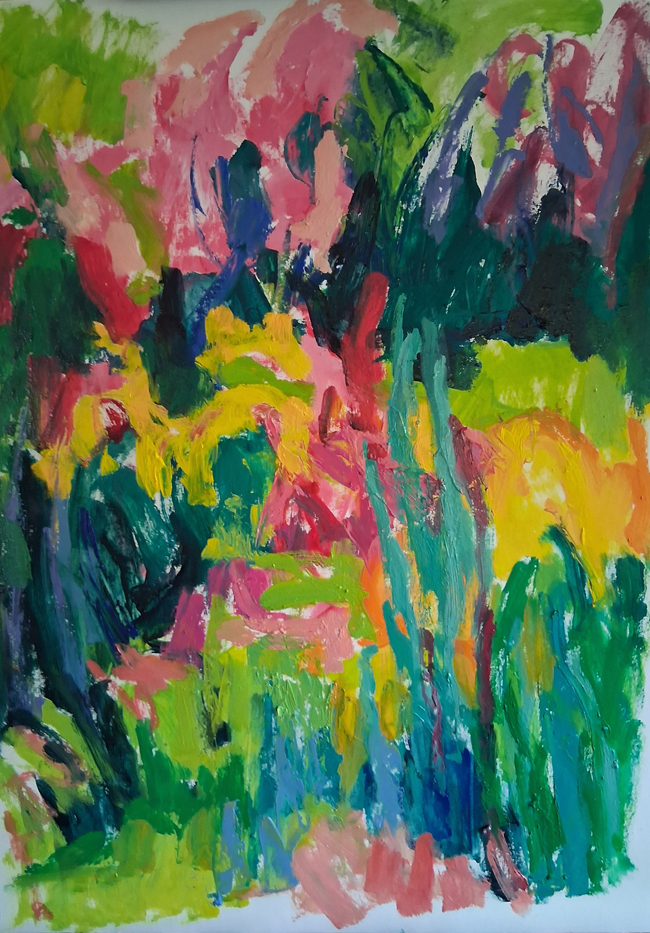
Untethered, oil/Stonehenge oil paper, 24″x18″ 2025
One of the more recent groups I’ve joined is the Southeast Beaver Alliance. Among immediate goals is an important one; to educate our local land use officials about beavers and find a way to utilize them in urban environments in lieu of expensive detention ponds and/or man-made dams that ultimately cost taxpayers. With each extreme storm event, my county sees more breached dams on small ponds, lakes. Beavers could be managed to reduce future breaches and for stream restoration. This week a few of us met via Zoom with the Policy and Science Director of the Beaver Institute, a wonderful non-profit organization devoted to ‘restoring ecological balance’ with this amazing creature whose hydrology skills far surpass ours.
A friend traveling in Switzerland emailed a catalog cover of a wonderful Japanese artist I’d never heard of, Chuta Kimura. At first glance, it was obvious that Bonnard was an influence but I had no idea how much. Until I found an article on someone’s blog written by one of my favorite art critics/writers, Arthur Danto (remember his great essays in the Nation?). Danto nails Kimura’s essence and his work’s relationship to landscape and nature, specifically in the South of France, where he moved with his wife in 1953 to live for the rest of his life. The following images courtesy of this blog.
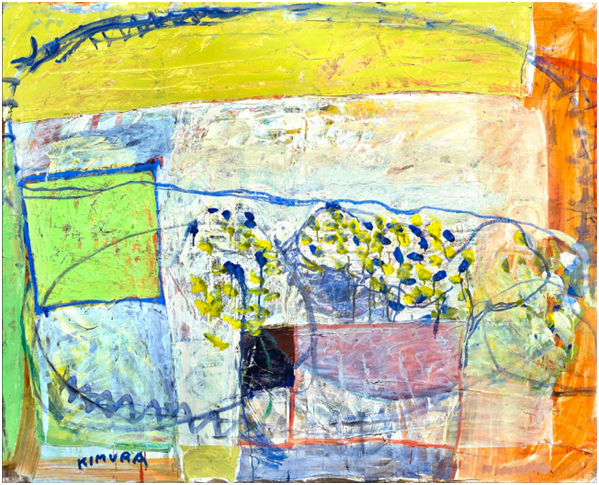
Juin dans le midi, Chuta Kimura, 1980, 51″x59″
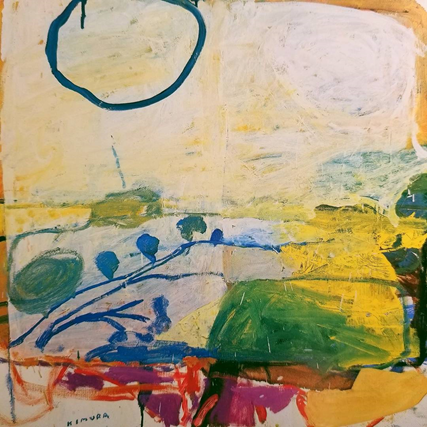
Field, Chuta Kimura, 1984 (Phillips Collection)
I joined a book share about a year ago, a few artists talking about artists’ books. We choose the books and meet every other month at the host’s home to discuss. We’re currently reading Restless Ambition by Cathy Curtis about Grace Hartigan, whose muscular abstracts I’ve always liked, along with her early partner Alfred Leslie’s ab-ex works. More on those two later.

Orchard Street, Grace Hartigan, 1957
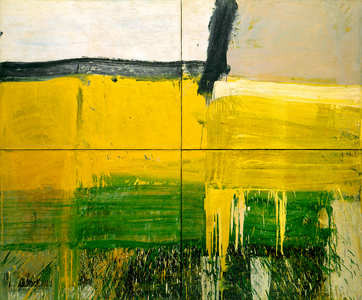
Ornette Coleman, Alfred Leslie, 1956
For the month of June, I chose David Salle’s How to See. The link is his talk with Eileen Owens, Suzanne Andrée Curatorial Fellow in Prints, Drawings, and Photographs, Philadelphia Museum of Art about why he wrote the book in 2016. I first saw Salle’s work at the 1983 Whitney Biennial, a trip with my then partner to visit with friends in the city. I had forgotten it must have been my first encounter with Joan Mitchell’s work, since she was included. I was still painting my dreams, abstracted landscapes and was on the verge of heading full tilt into abstraction. I’d also never seen any of the other artists’ work in person, although some were already known in the bright spotlight of the art market. Most were, like me, in their early 30s at the time, Basquiat was just 23. Mitchell was just shy of 60, I’d see her glorious retrospective at the same museum much later, in 2002.
Salle is a wonderful and highly articulate writer on the arts, I’ve read his articles in the New York Review of Books and this book is evidence of his literacy in all things cultural. I especially enjoy his ability to reveal what the artist’s work may say, without any ideology or theory thrown into the mix. In his own words from this video:
“…we all have reactions innately, but we are trained to ignore those reactions in favor of reading the wall label. But the wall label is something that’s been written by professional partisan advocate, so to speak. What we’re told or supposed to be thinking is another way of saying – that’s the artist’s intention. And in contemporary art over the last 40 years or so, the artist’s intention has been privileged over the result… I always tell people I don’t want to know anything about their intention, just not interested….the only thing that matters in art is the absolute specificity of what one does and the inflexion with which one does it.“
That’s certainly a different view from how works are usually discussed at some of the studio tours and informal get togethers here. Process ad nauseum. Who cares, as Salle infers.
I haven’t posted about any shows I’ve participated in for several years, one memorable group show from earlier this spring was the 38th Annual McNeese National Works on Paper exhibit at the Shearman Fine Arts annex, McNeese University, Dept. of Visual Arts, curated by Erika Olinger, owner/director of the Cole Pratt gallery in New Orleans. My 2022 painting on paper, Into the Garden, was included. A fine juror’s talk gave an overview of the space with some of the featured work.
A 2019 small painting Waltzing Matilda is in the recent exhibit, Small Wonders, still up at the Avondale Arts Alliance.
Finally, from the same NYRB July issue comes the excellent review titled I am the Heir to Delacroix written by Jarrett Earnest, of the late under appreciated artist Jack Whitten, with a big posthumous exhibit that ends today at MOMA, NYC. Whitten’s journal, Notes from the Woodshed, will be my contribution to our 2026 artist book club. Interesting to note is that one of the world’s most known artists, Gerhard Richter, didn’t begin his famed squeegee paintings until 1980, a decade after Whitten had already been exploring the style in the early 1970s. Richter doesn’t believe in art’s power and says it only has ‘value’. Whitten would have disagreed.
…prescient advice from December 27, 2017, less than a month before he died:
Art is the only spiritual form that we can depend on. When politics goes amok, when organized religions become political…we can always depend on art to pull us through. We must make sure the arts will survive for the benefit of all. Support the arts without any forms of restrictions. Art is what artist do. And we are the canaries in the coal mines. So all of the artists out there, keep sniffing the air for warning signs of any pollutants…. ART IS OUR COMPASS TO THE COSMOS.



